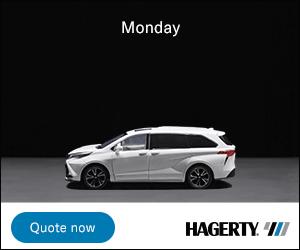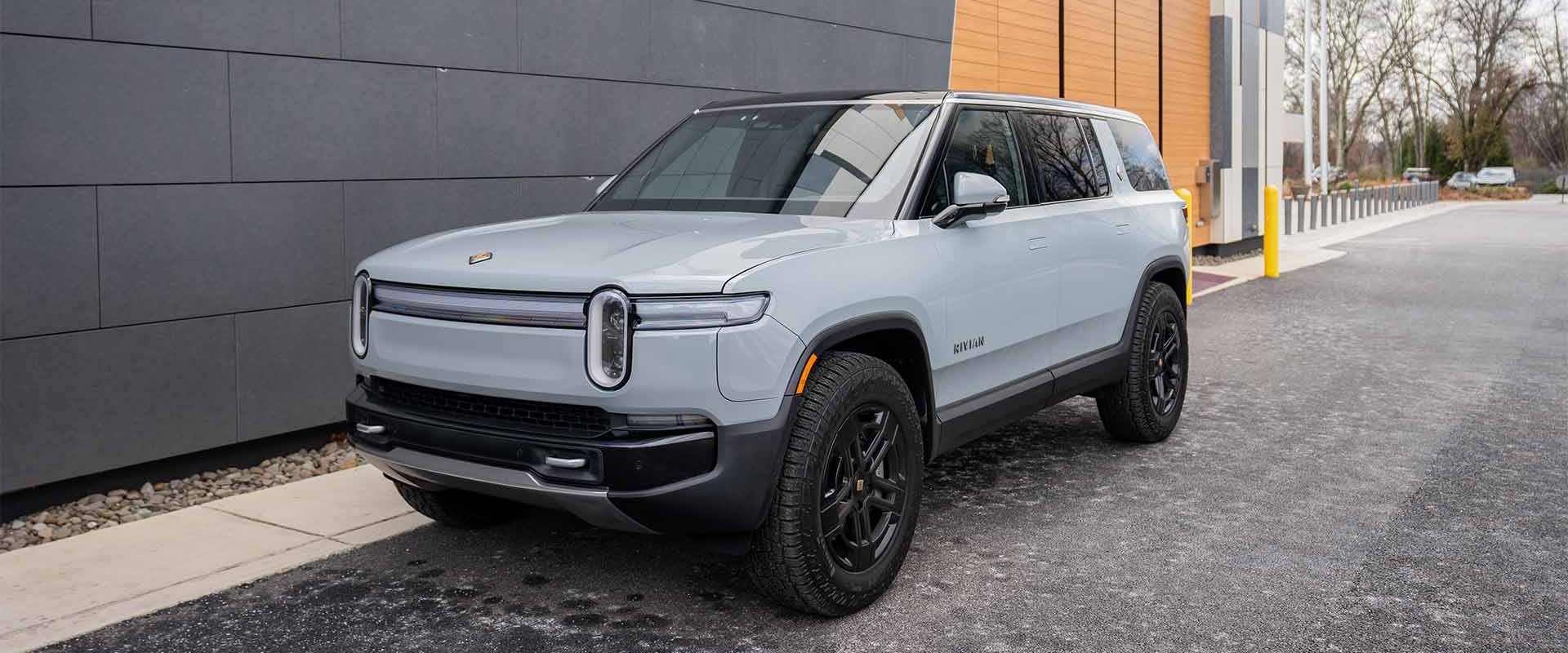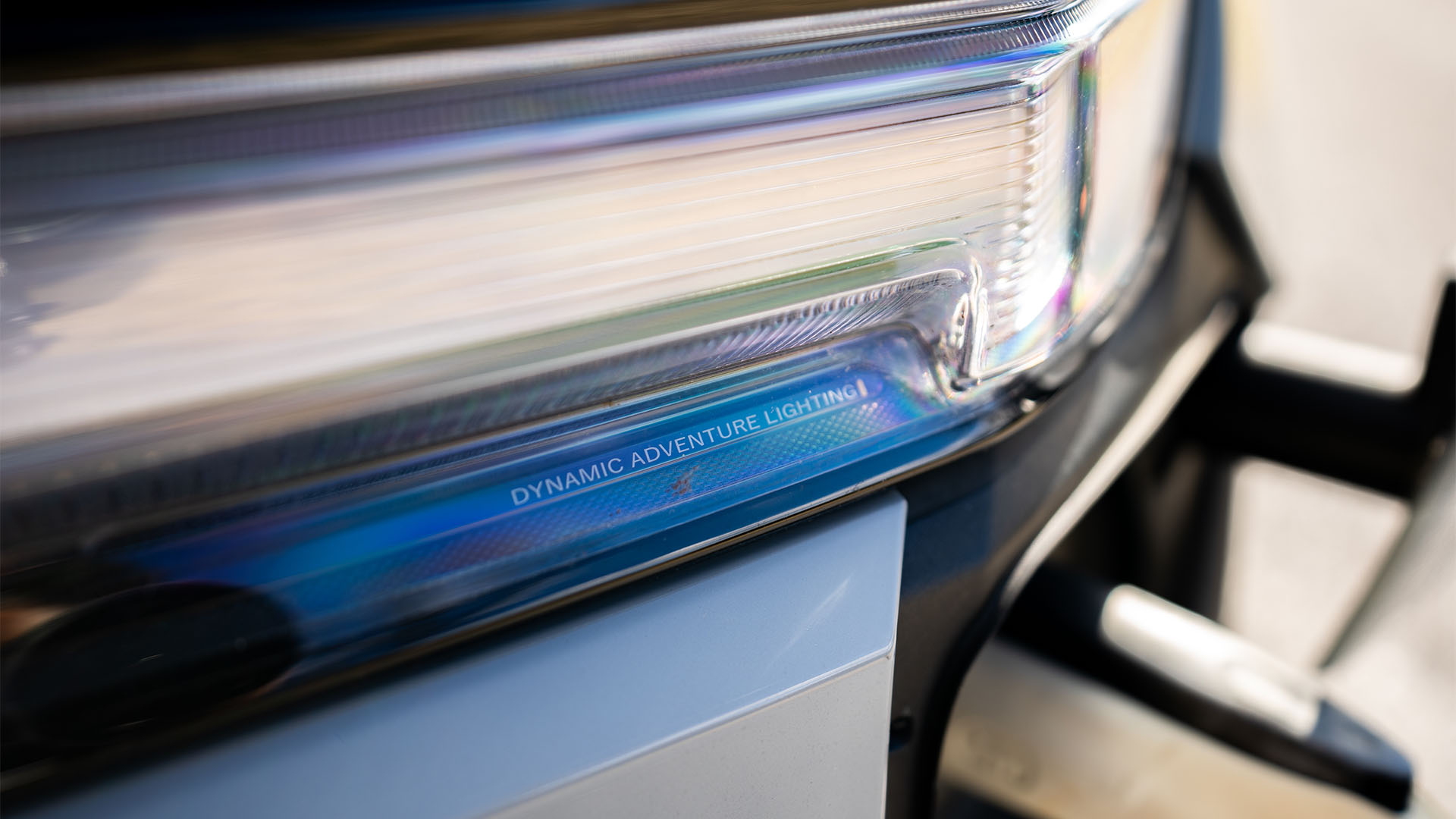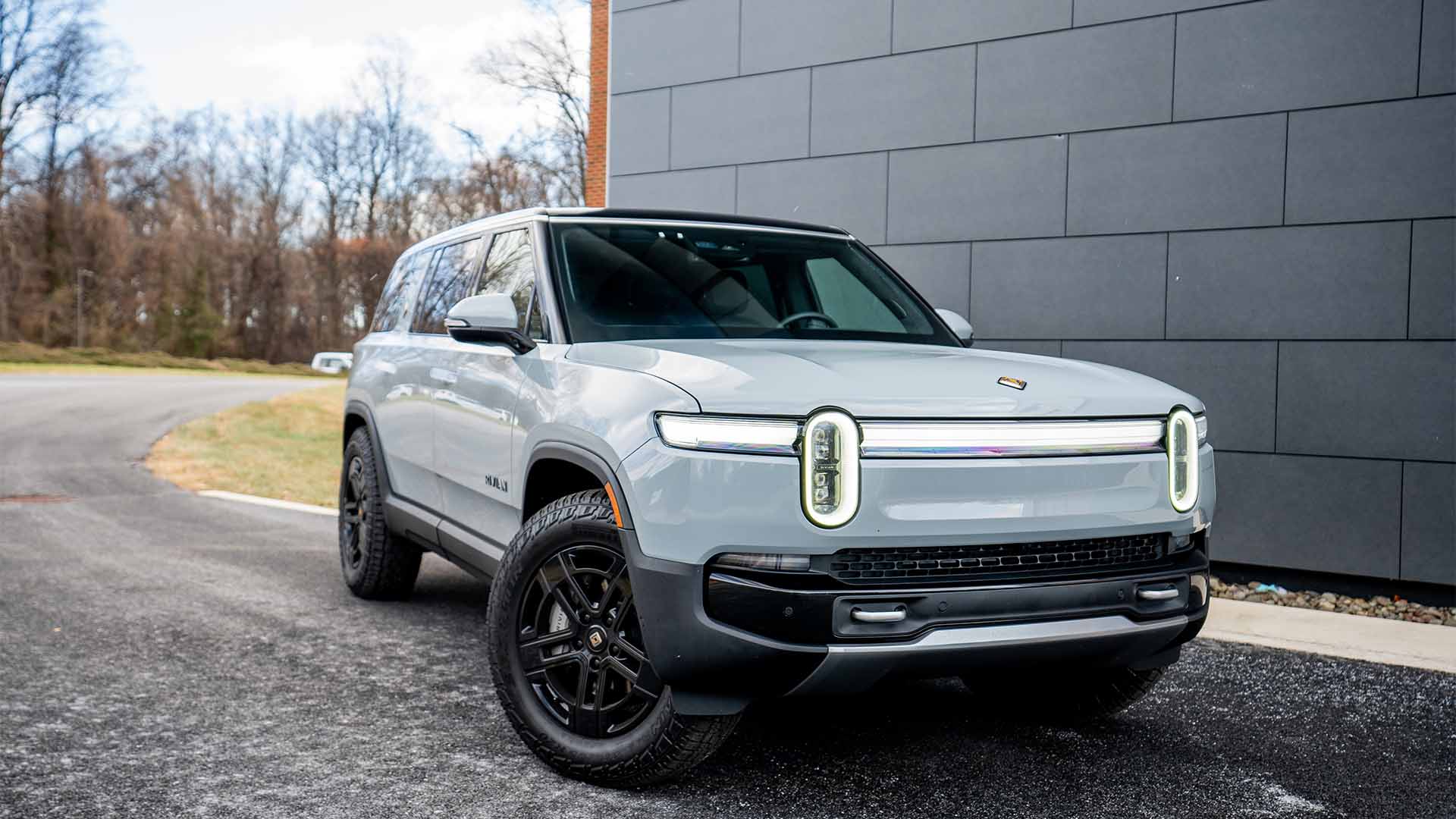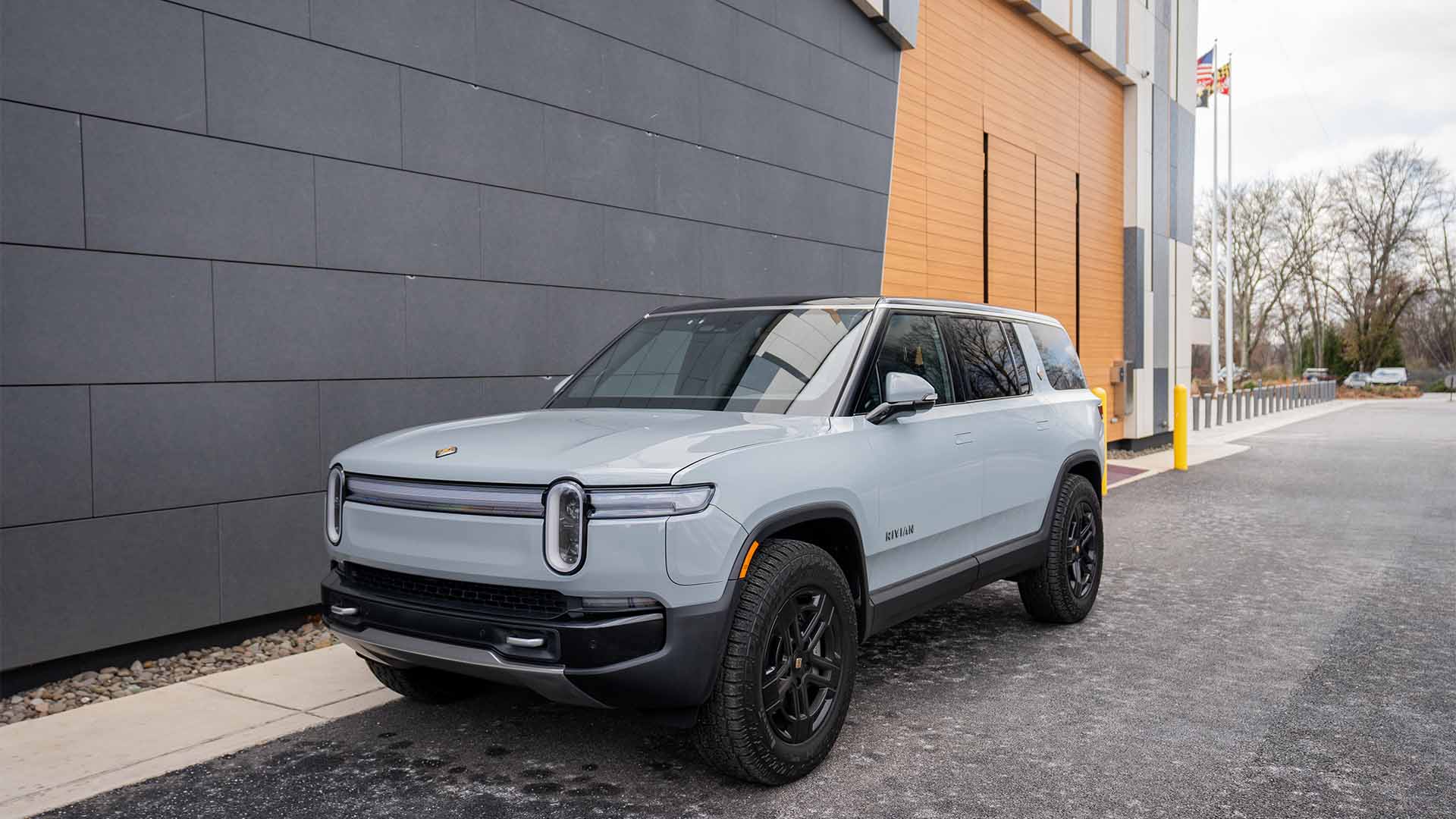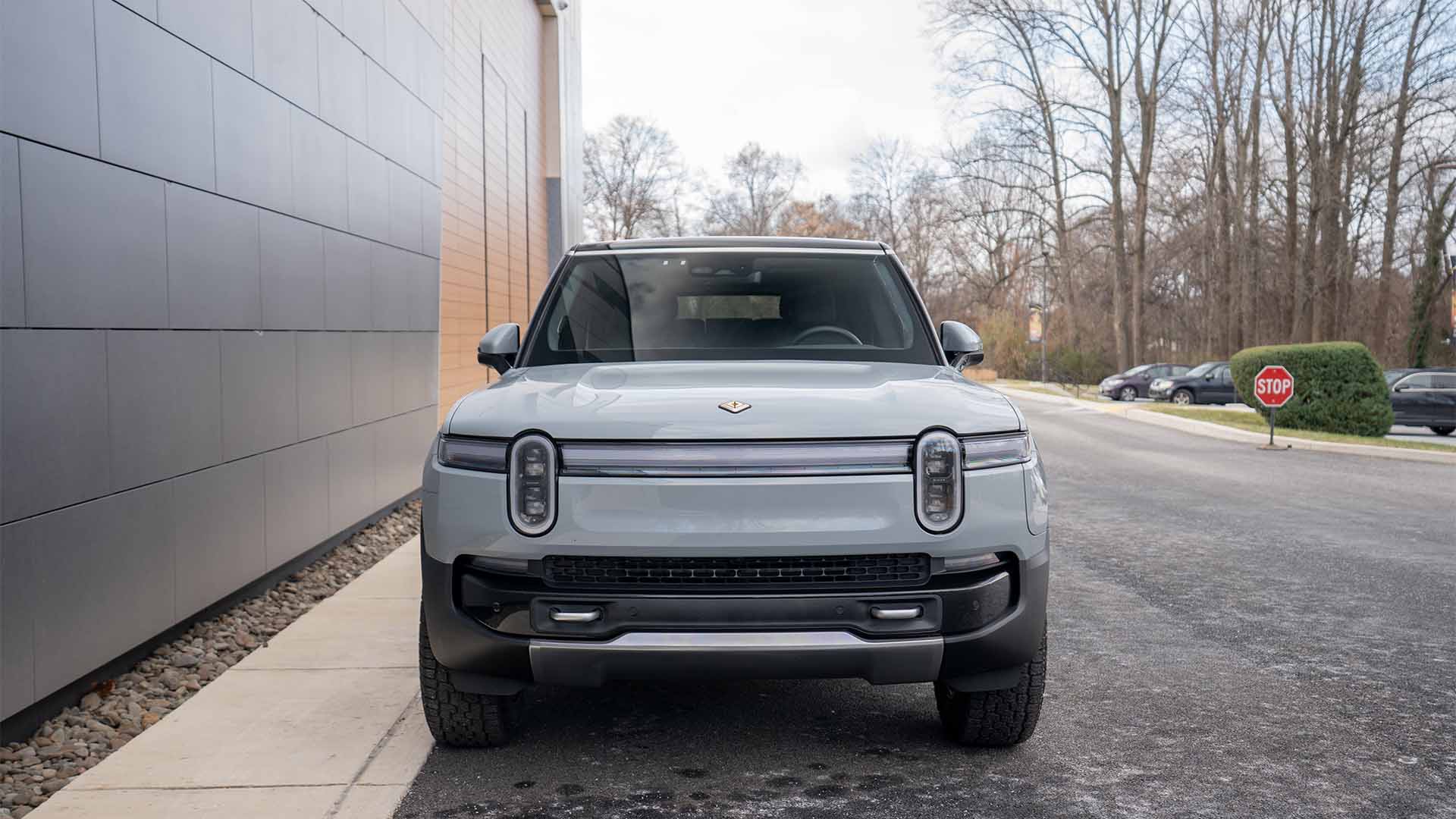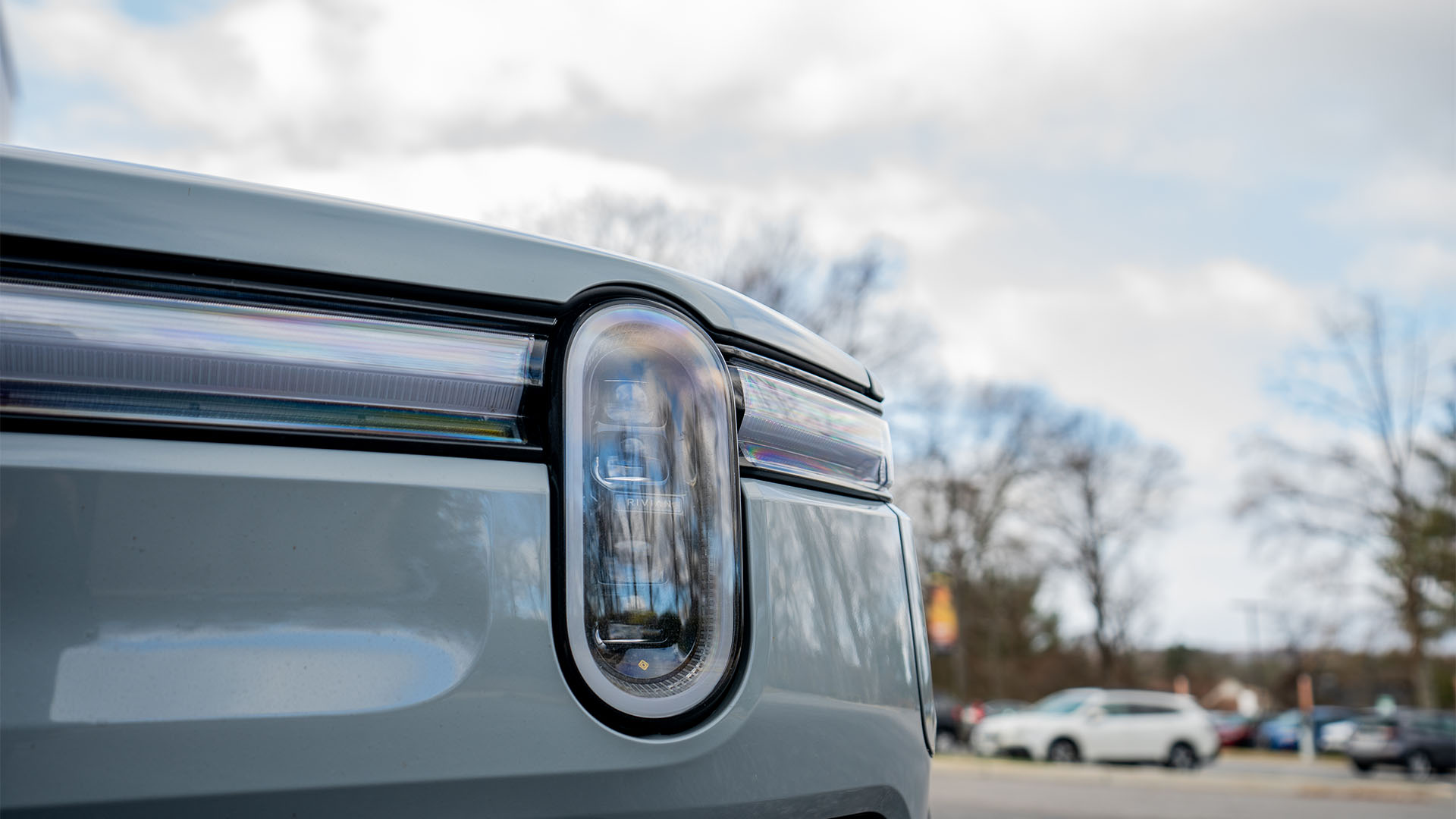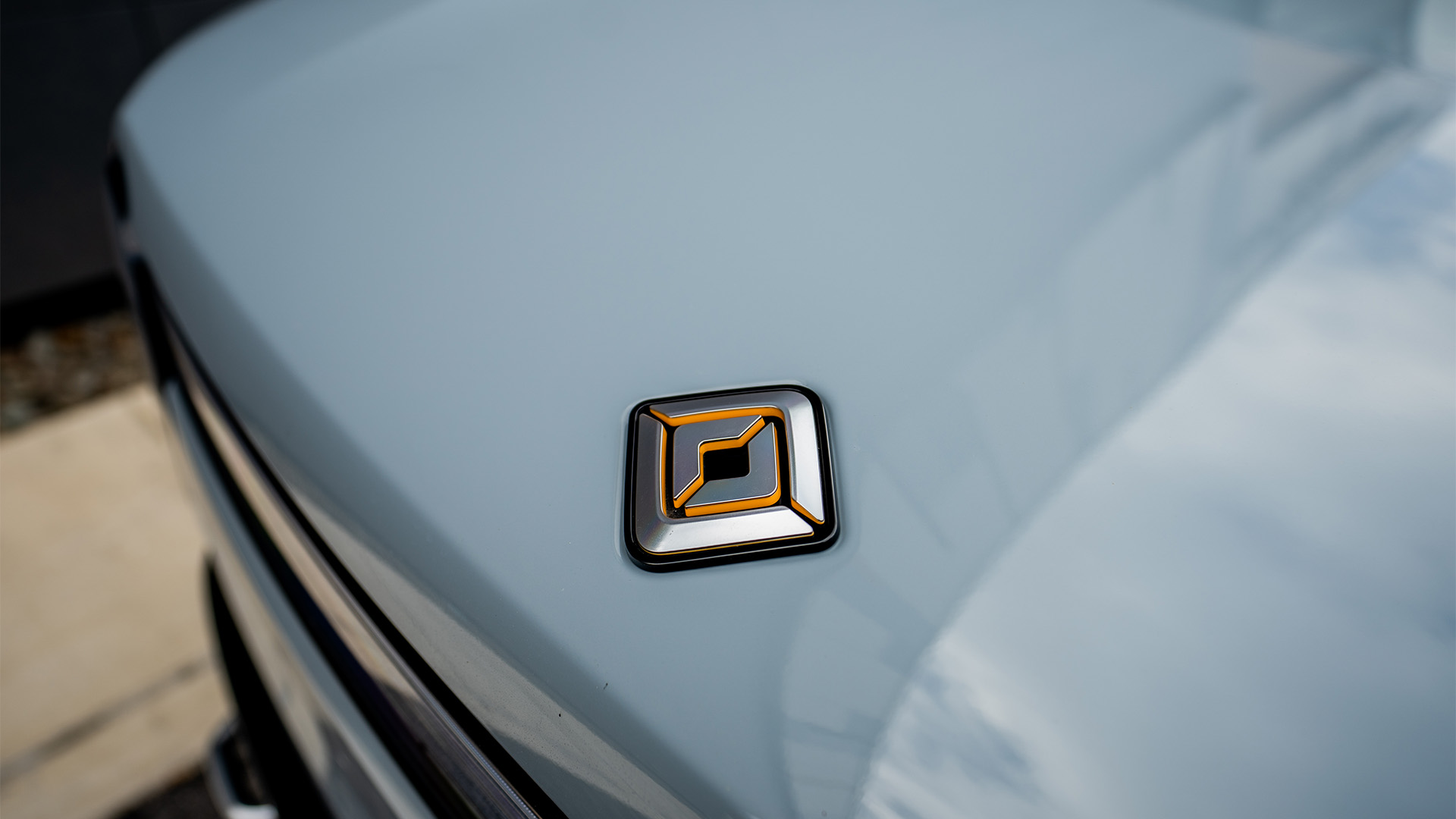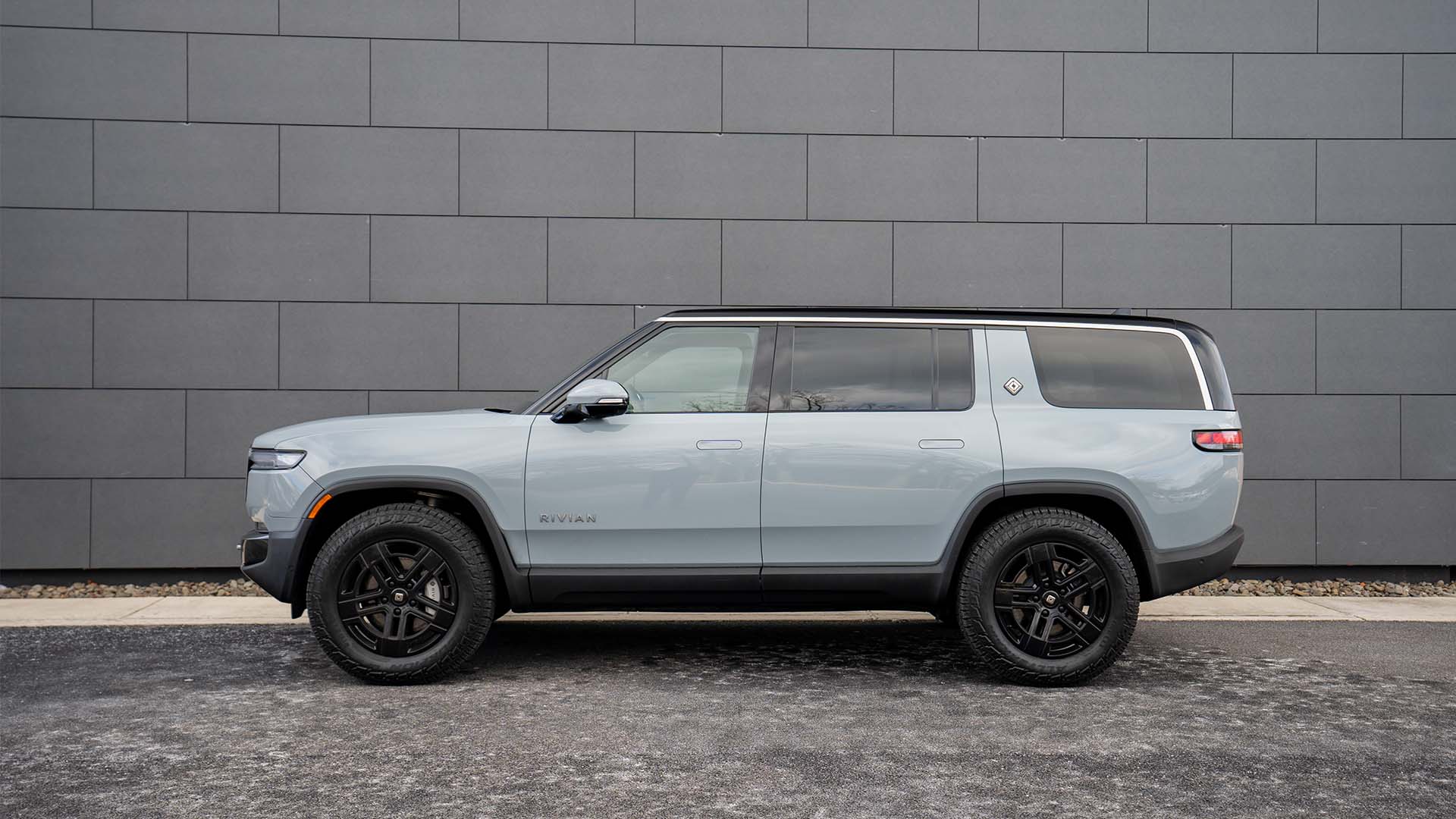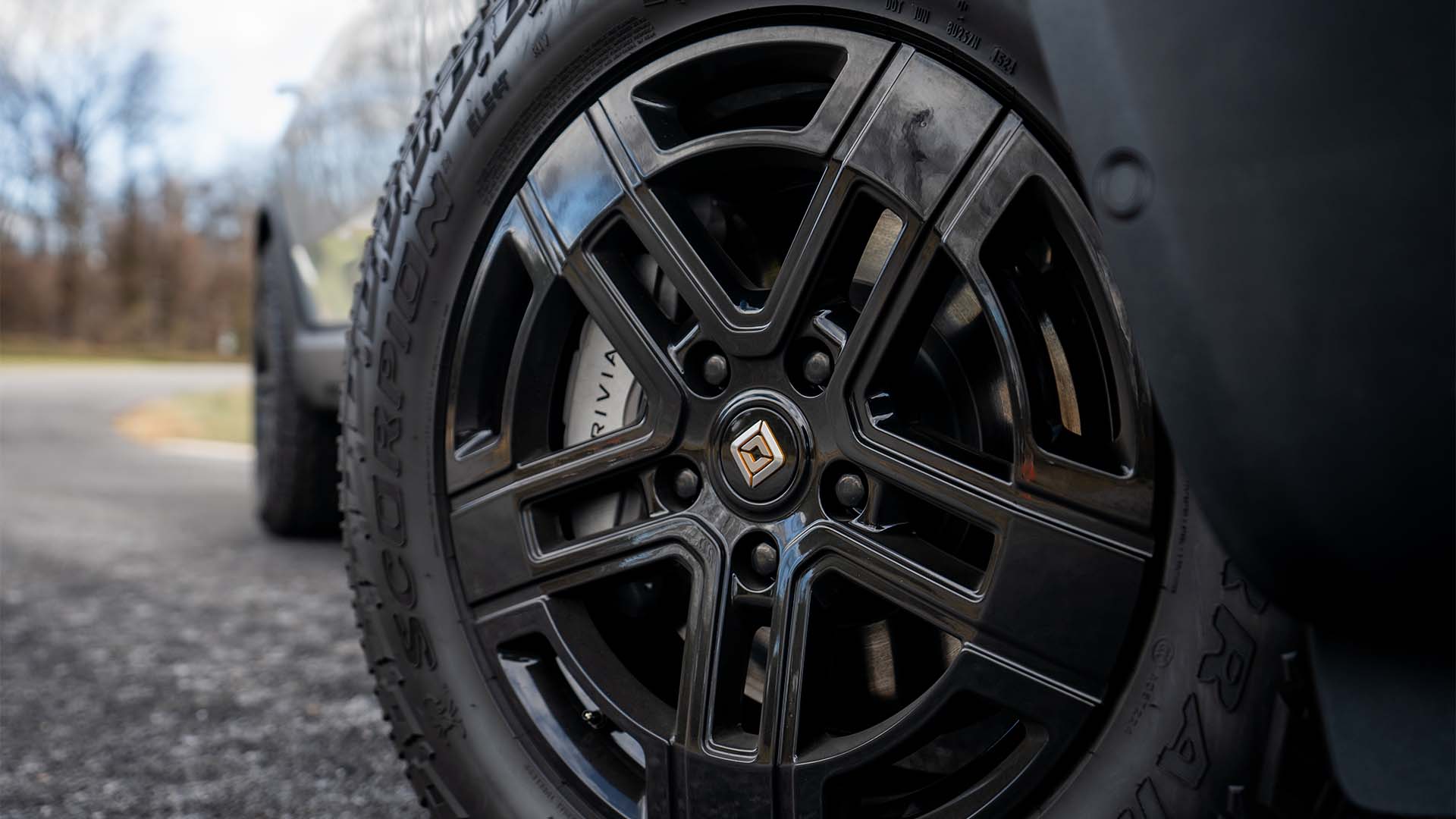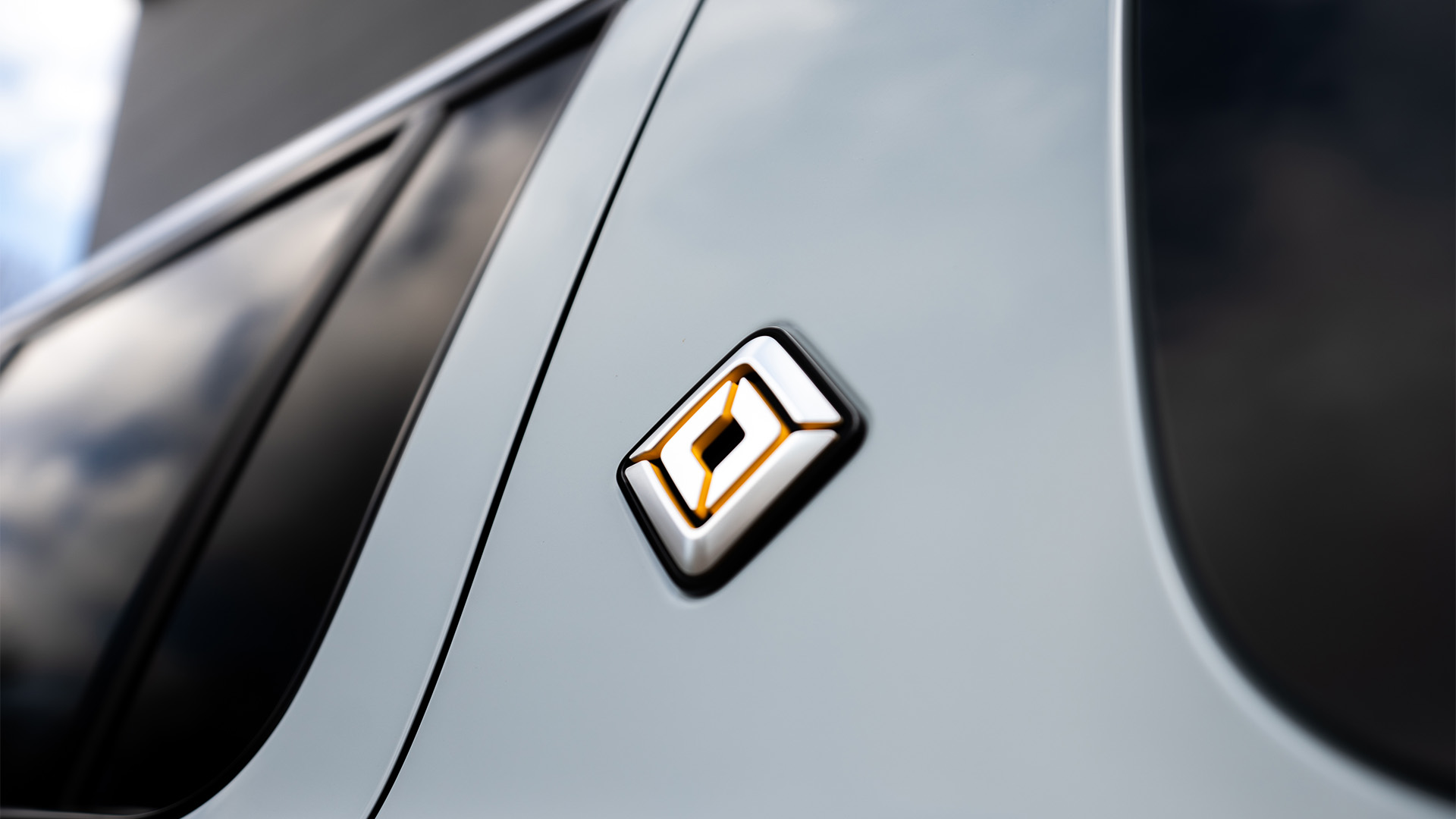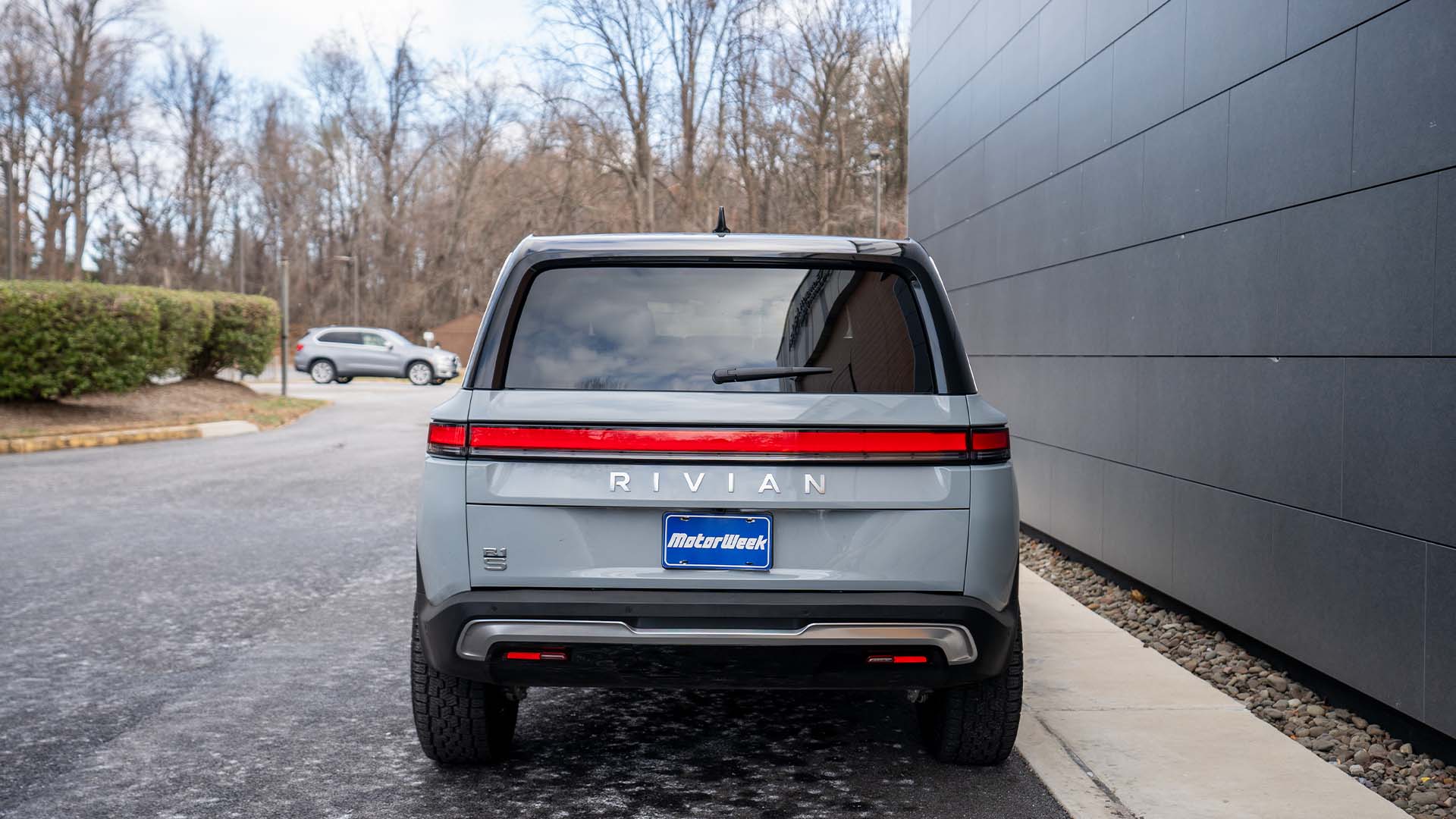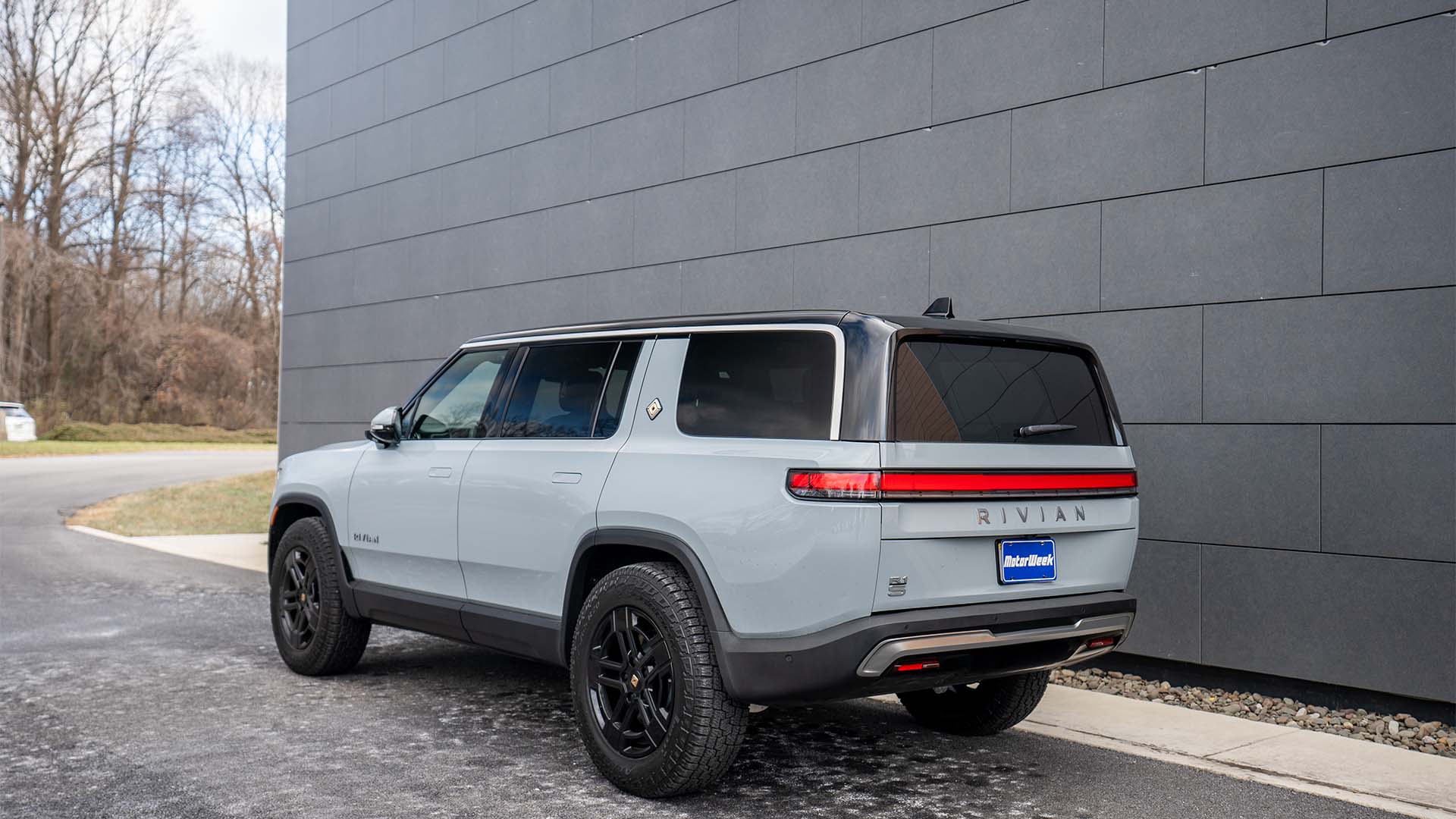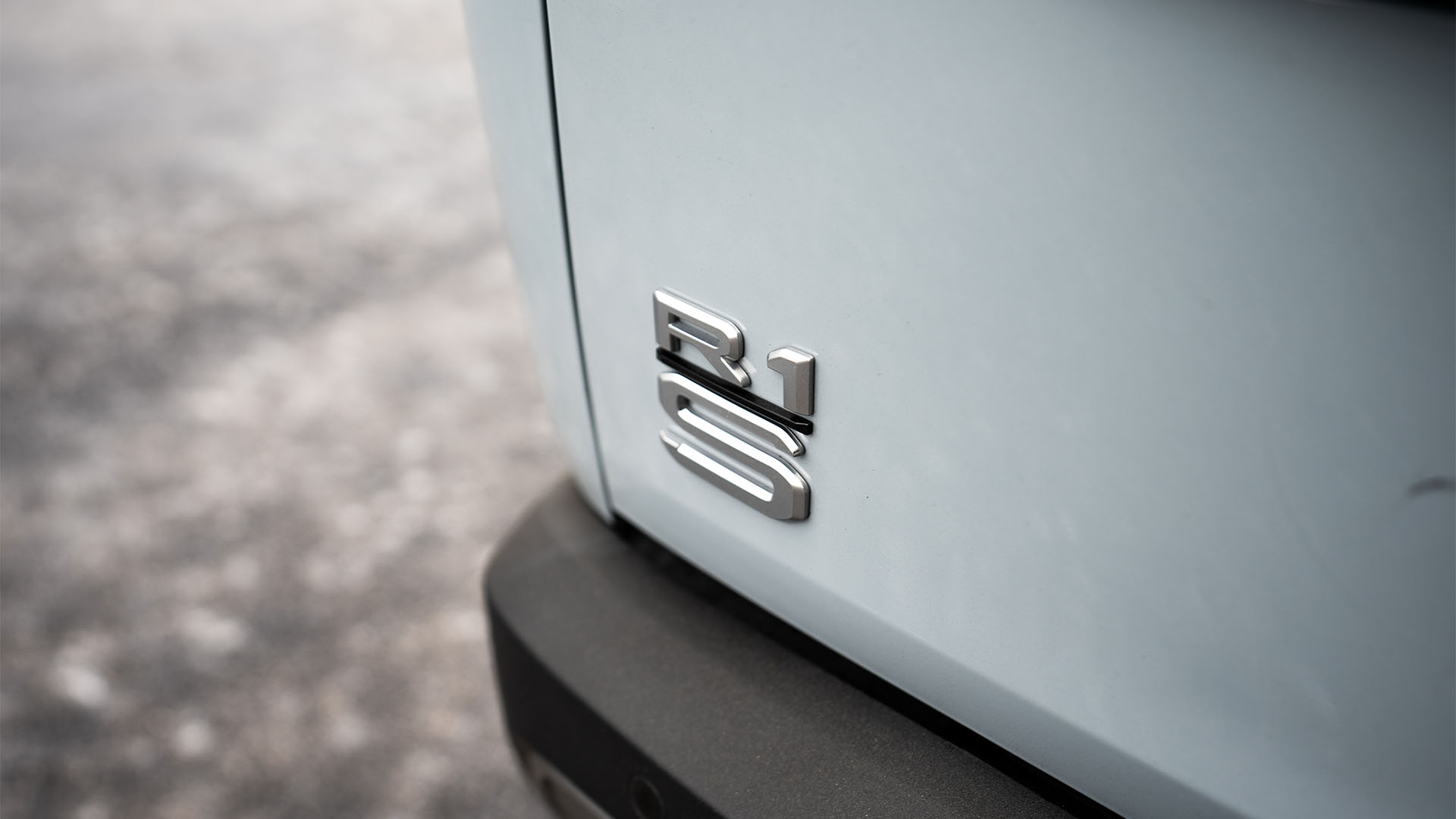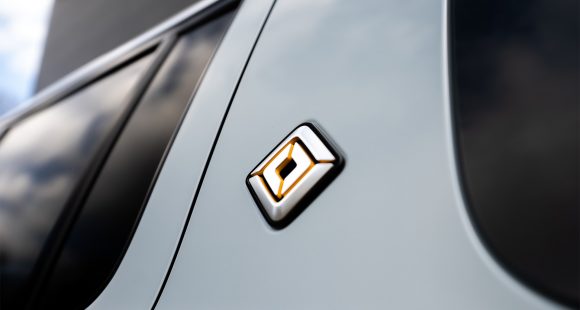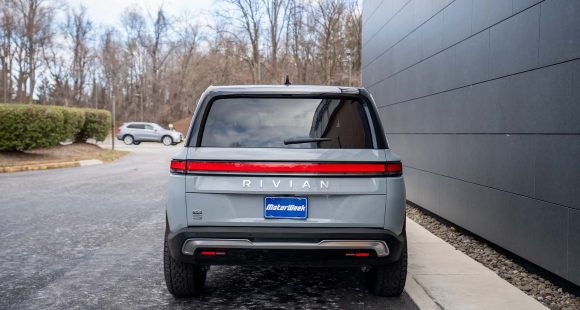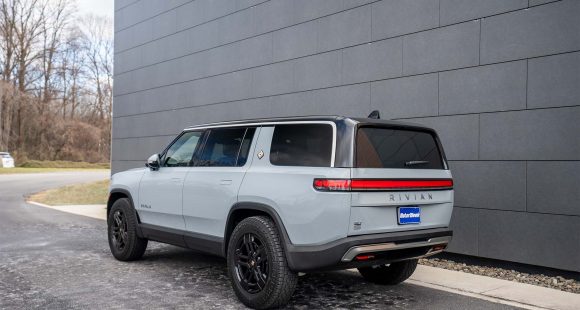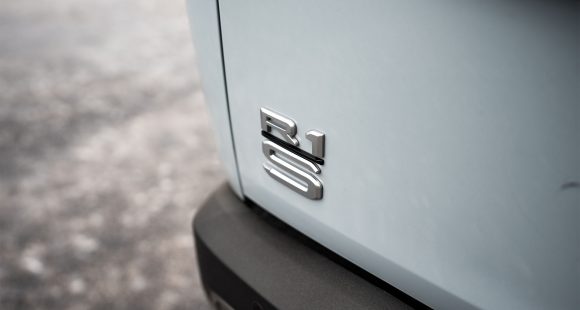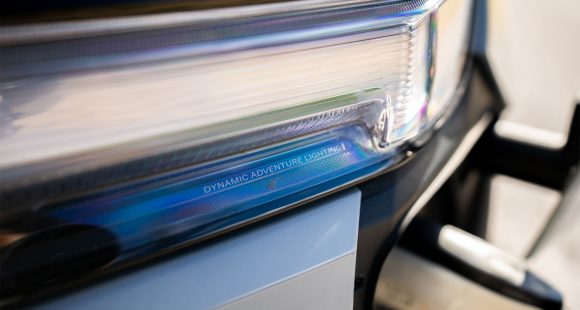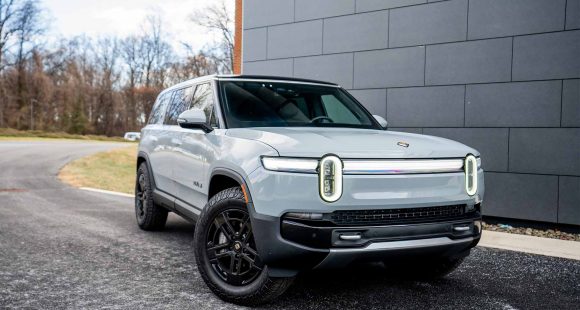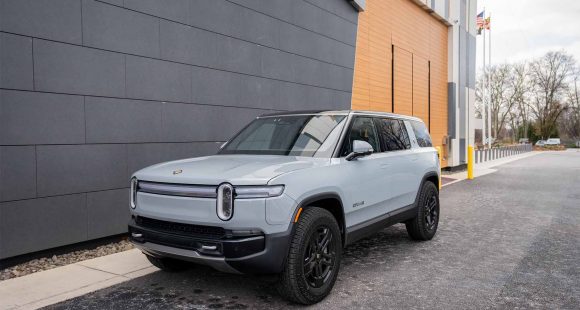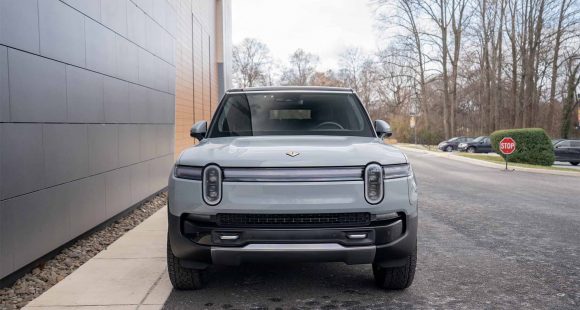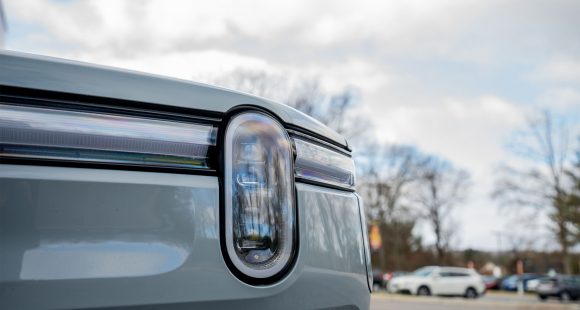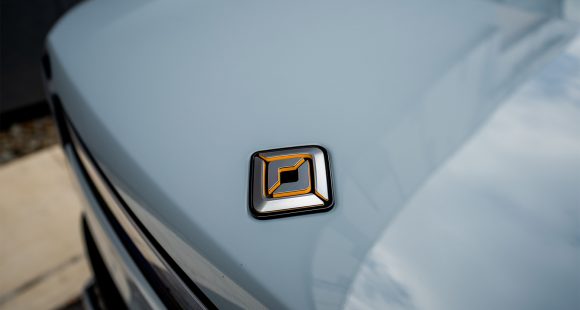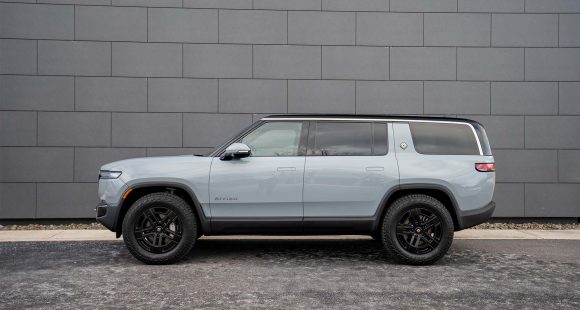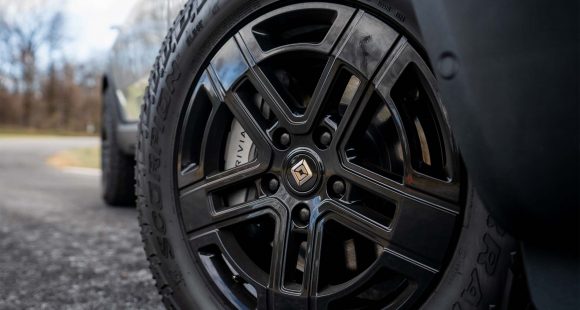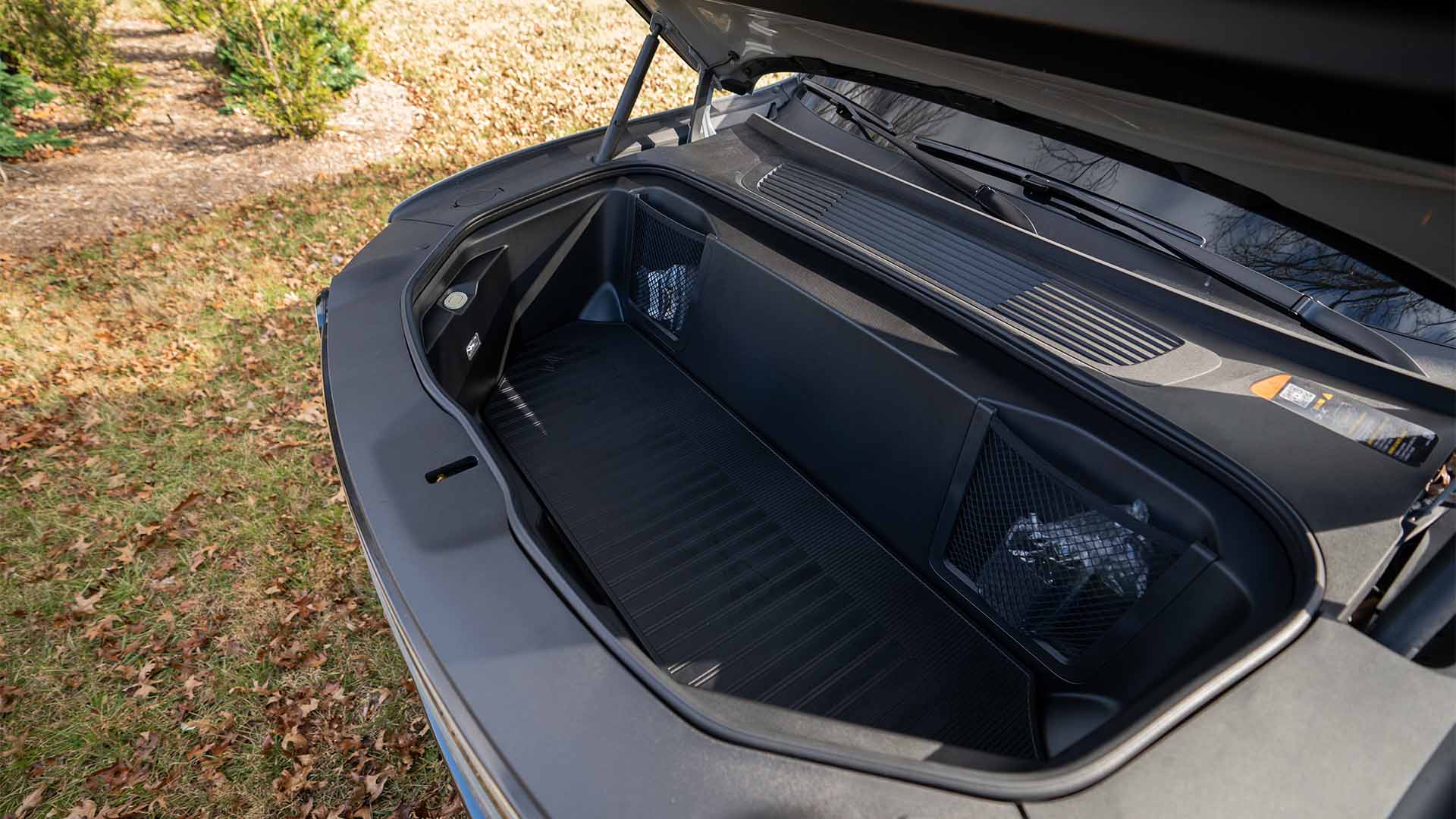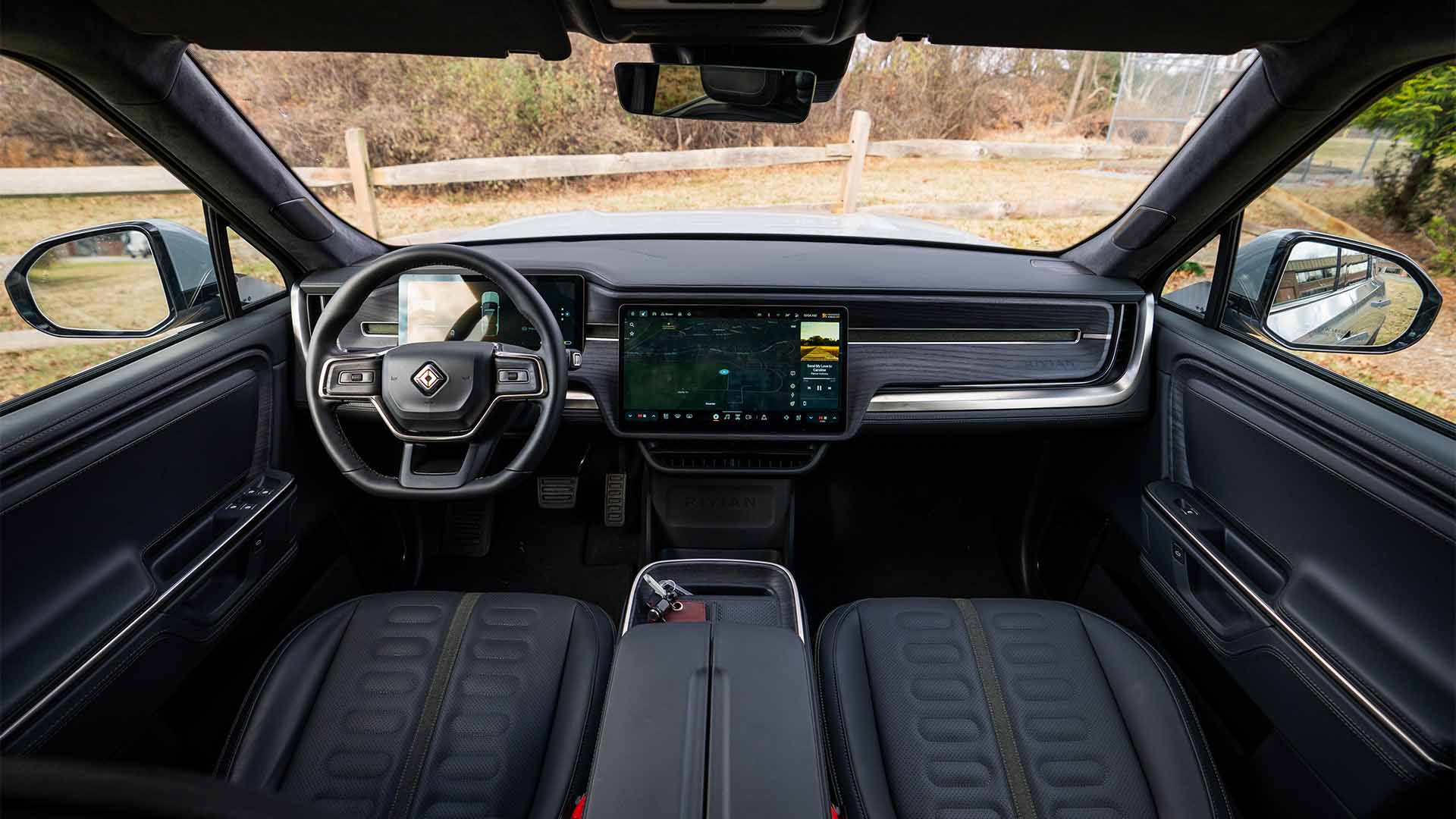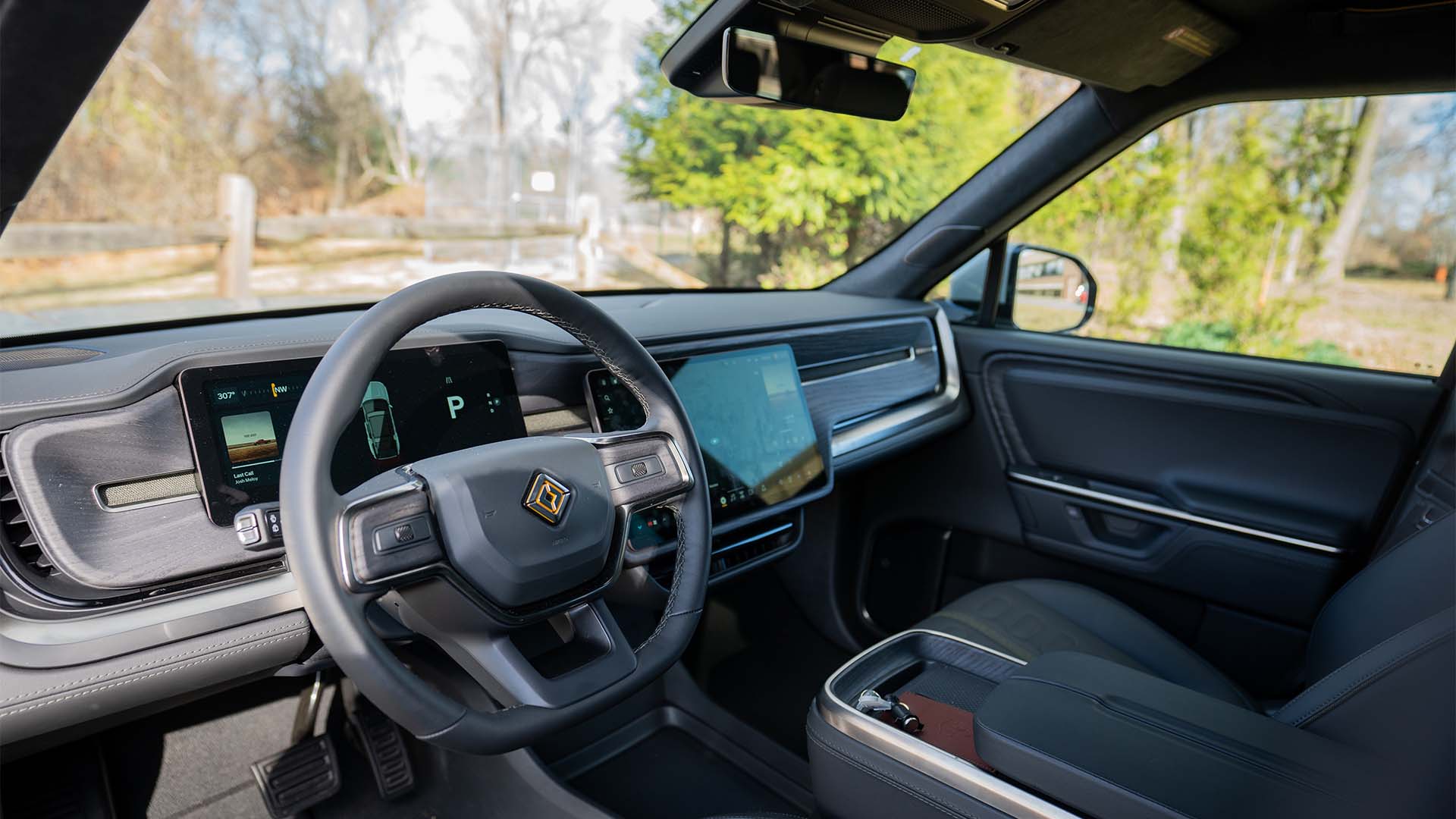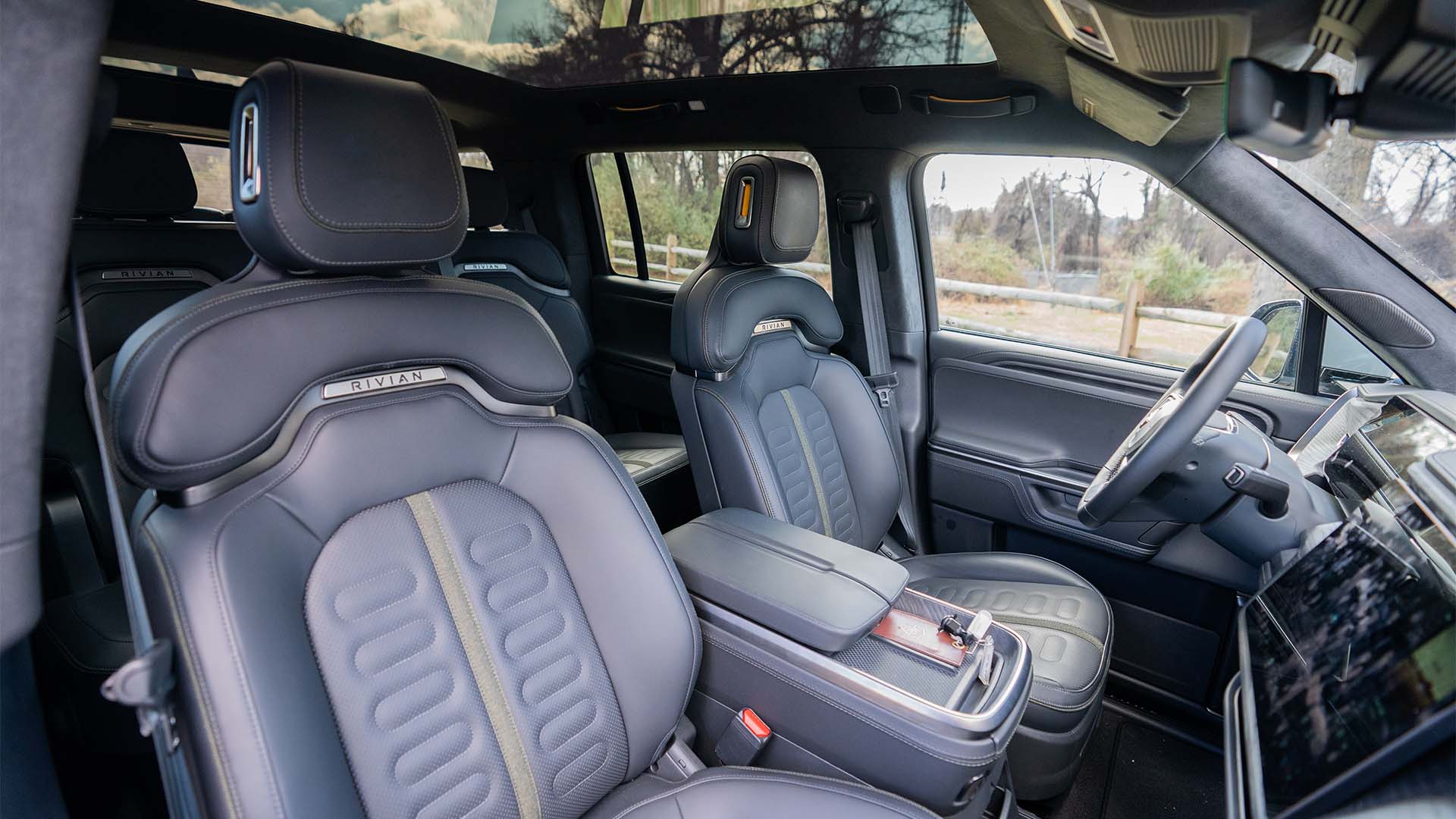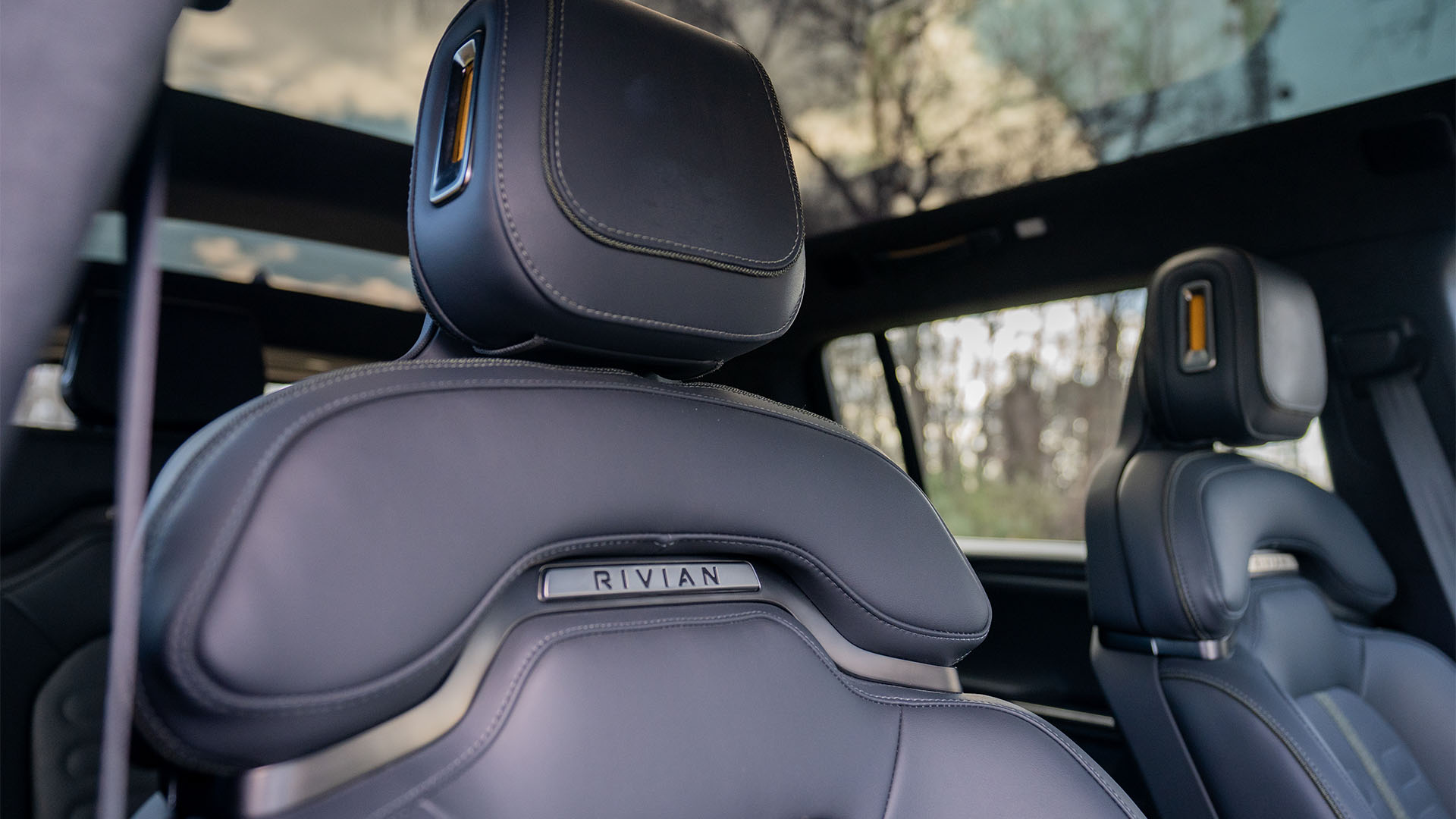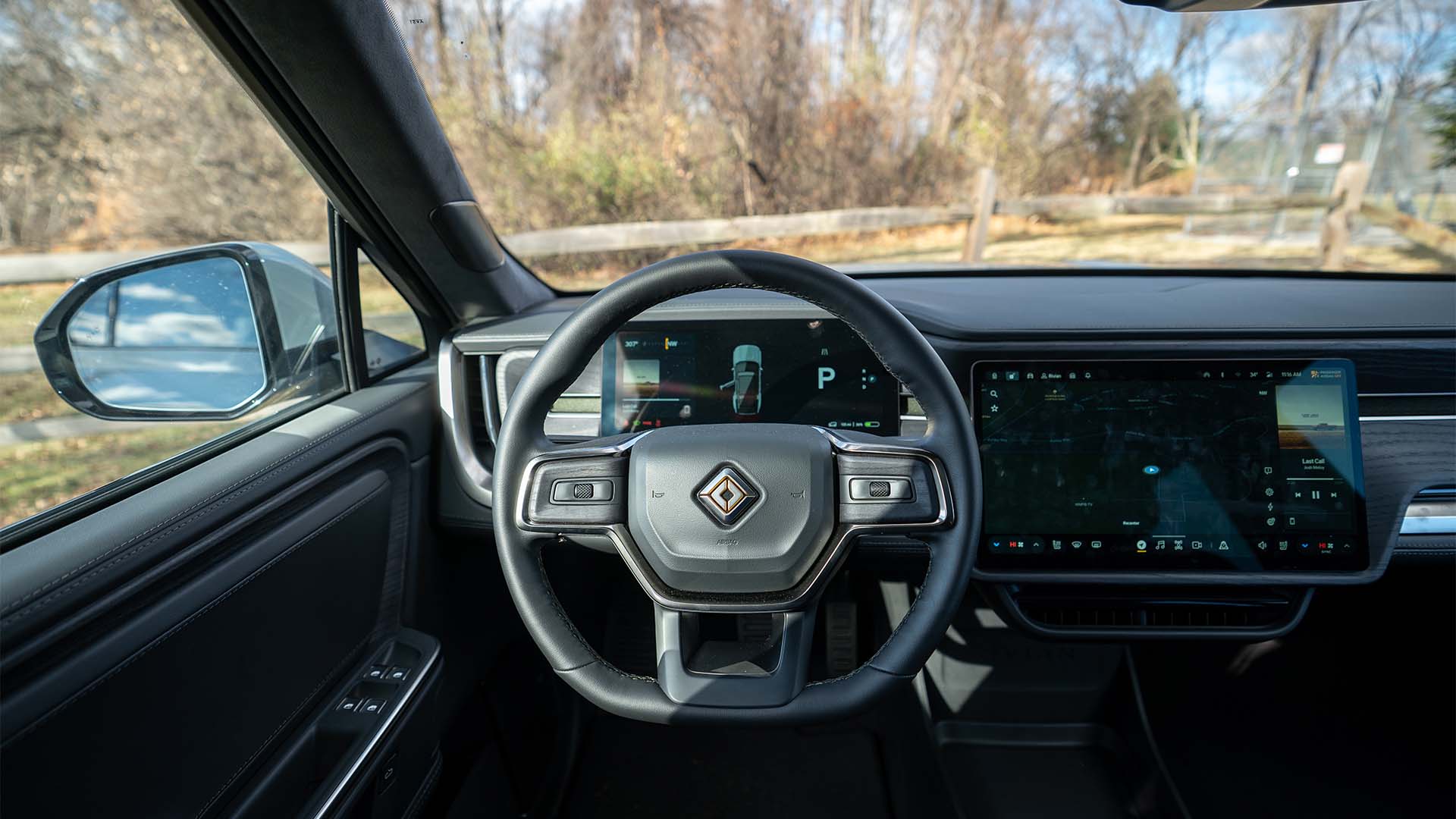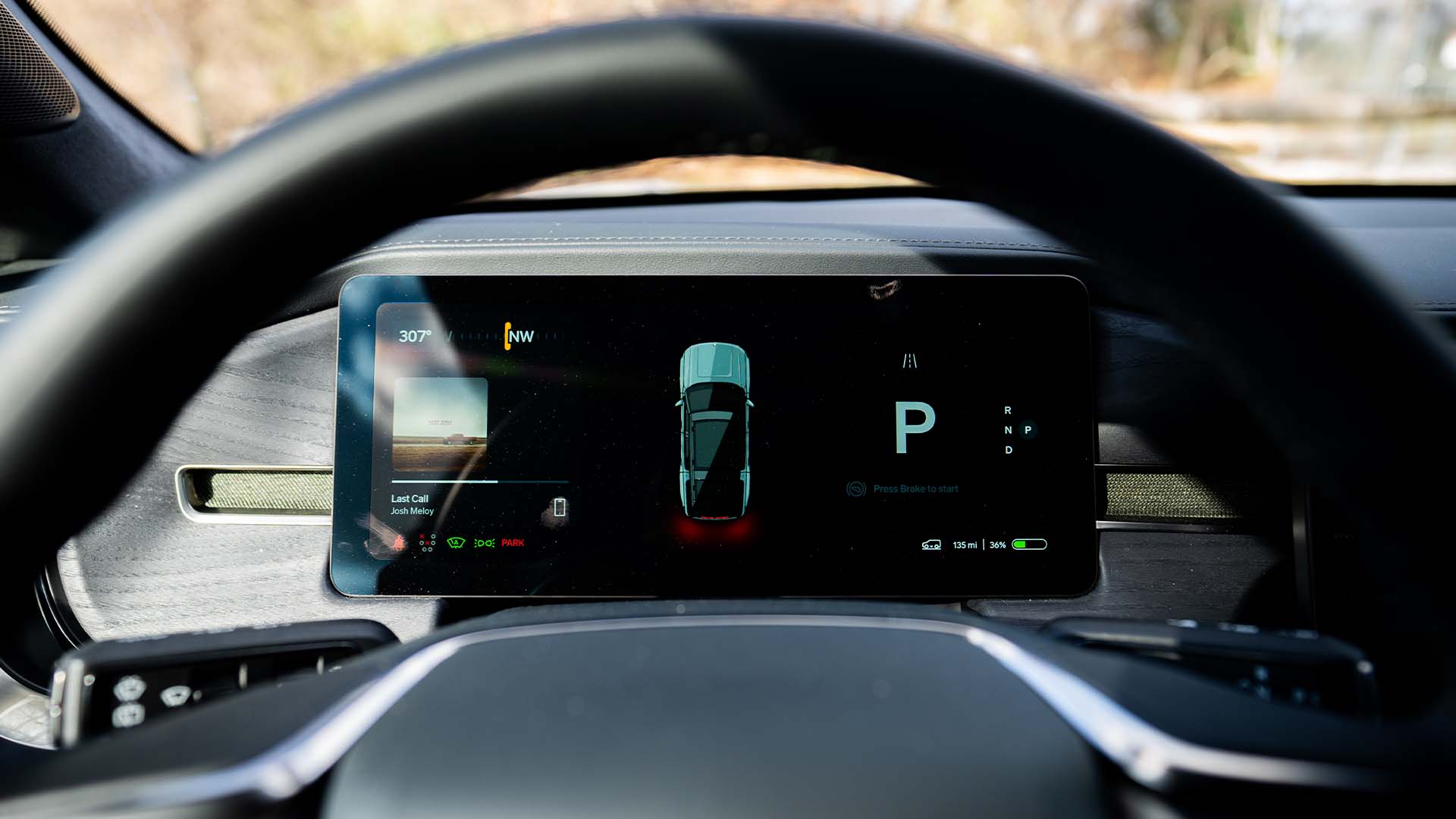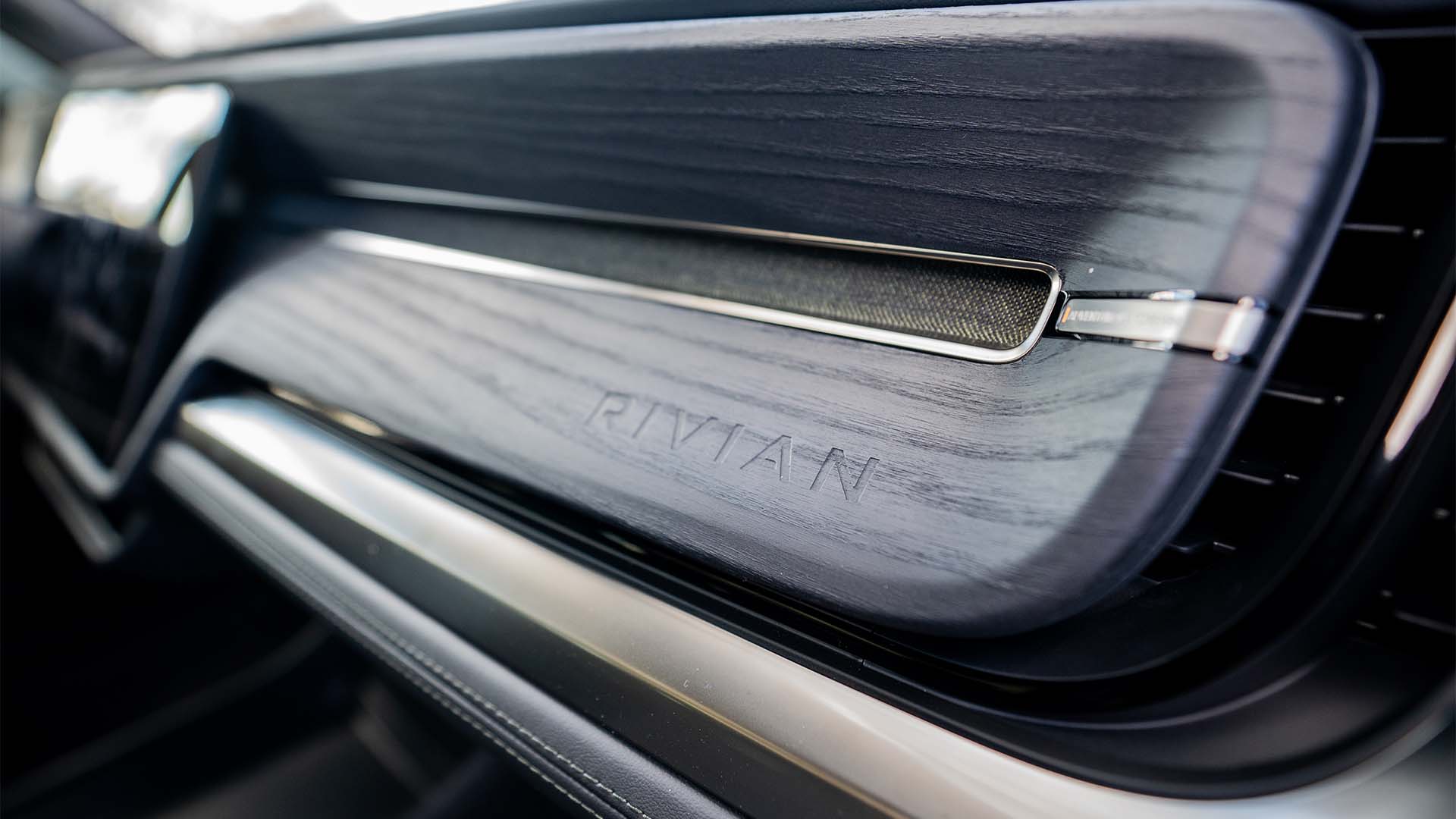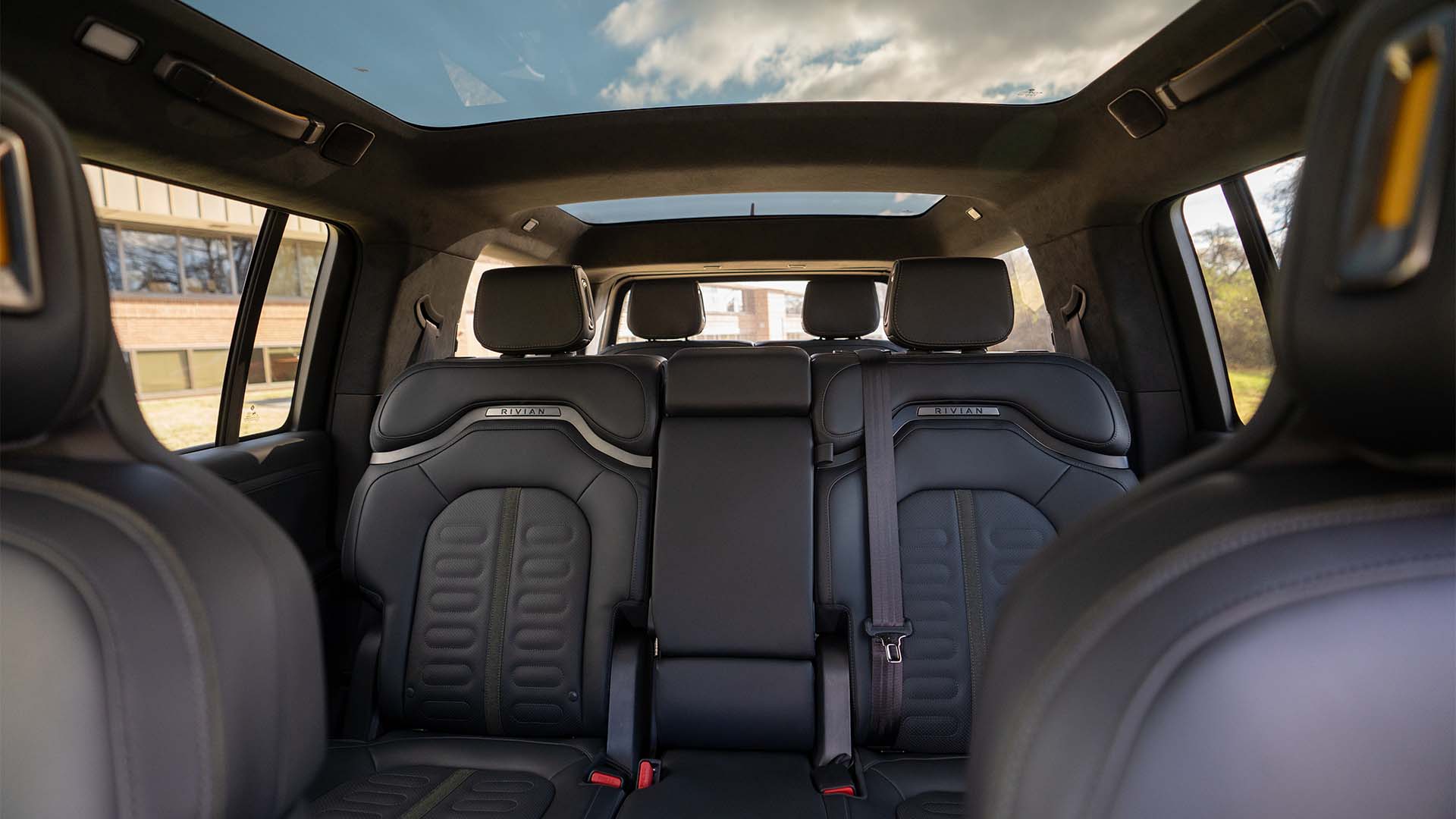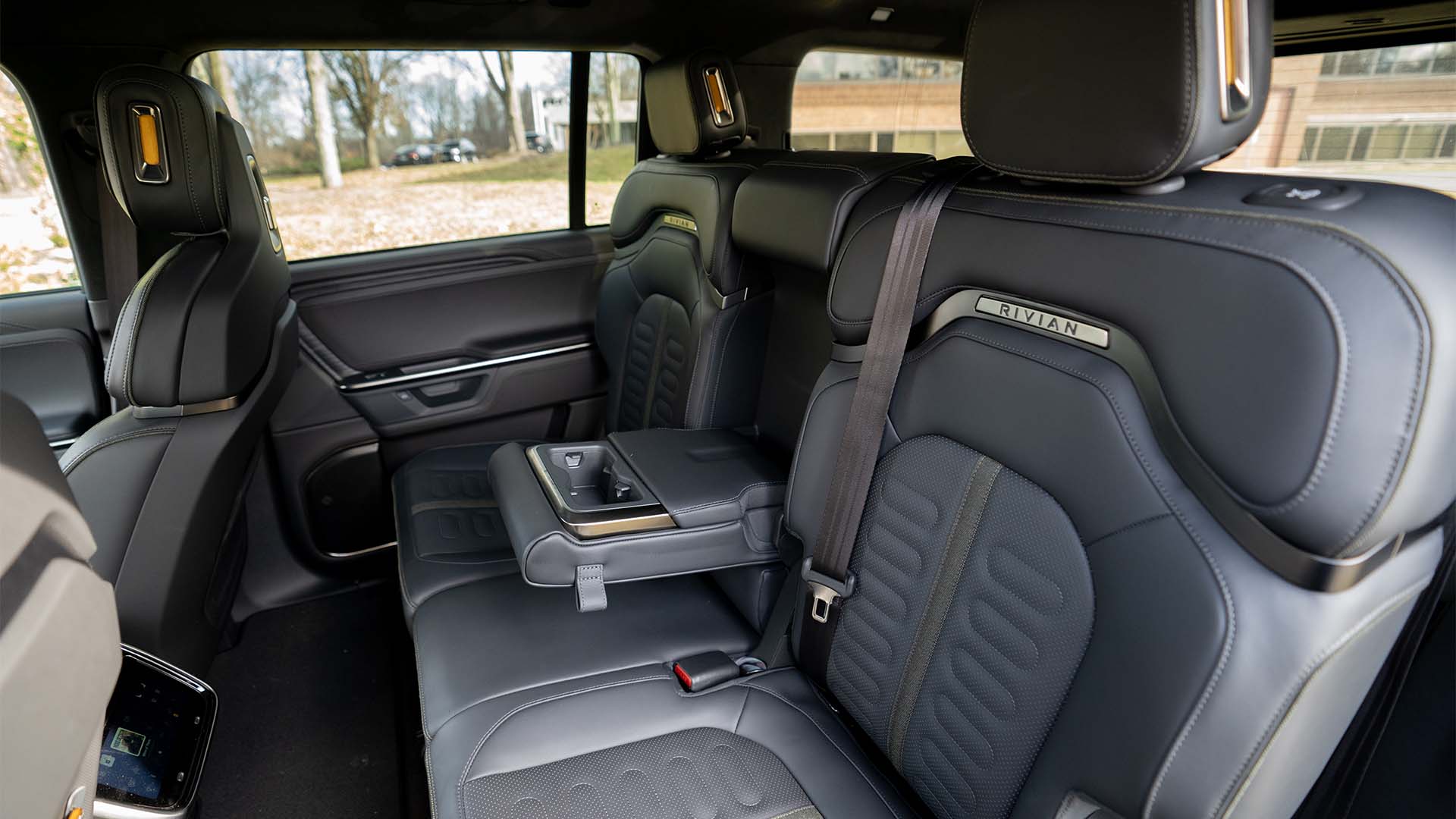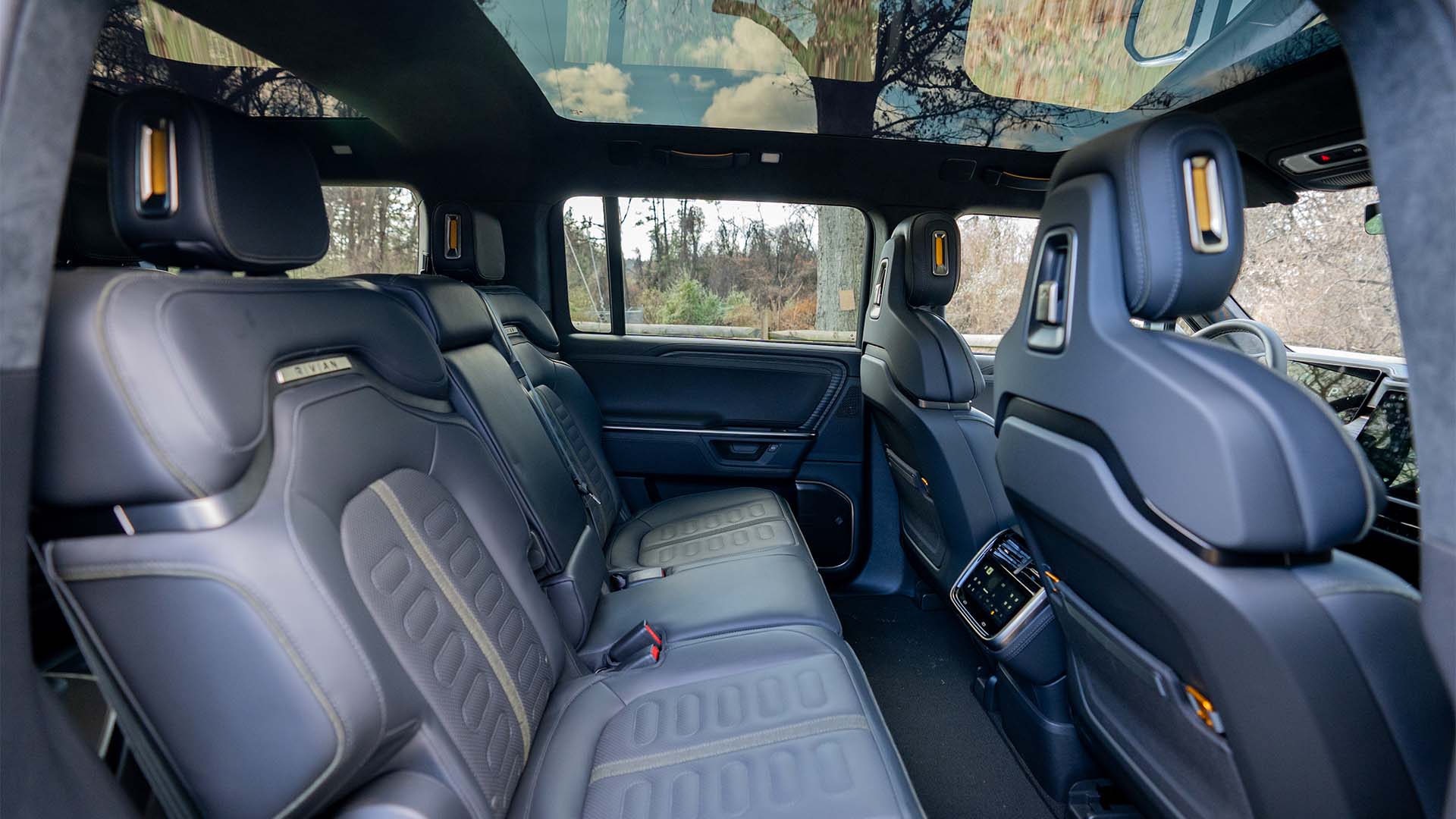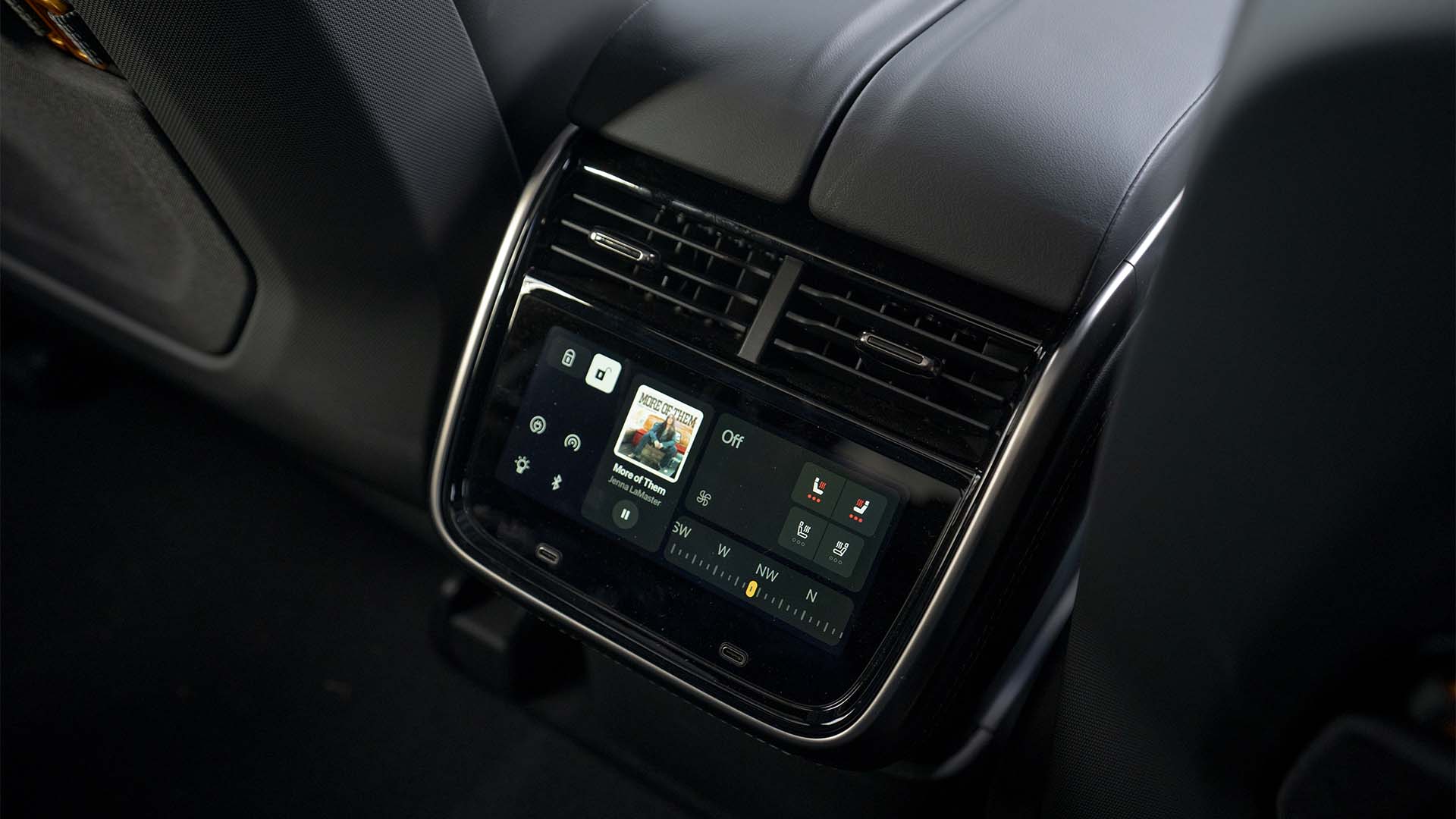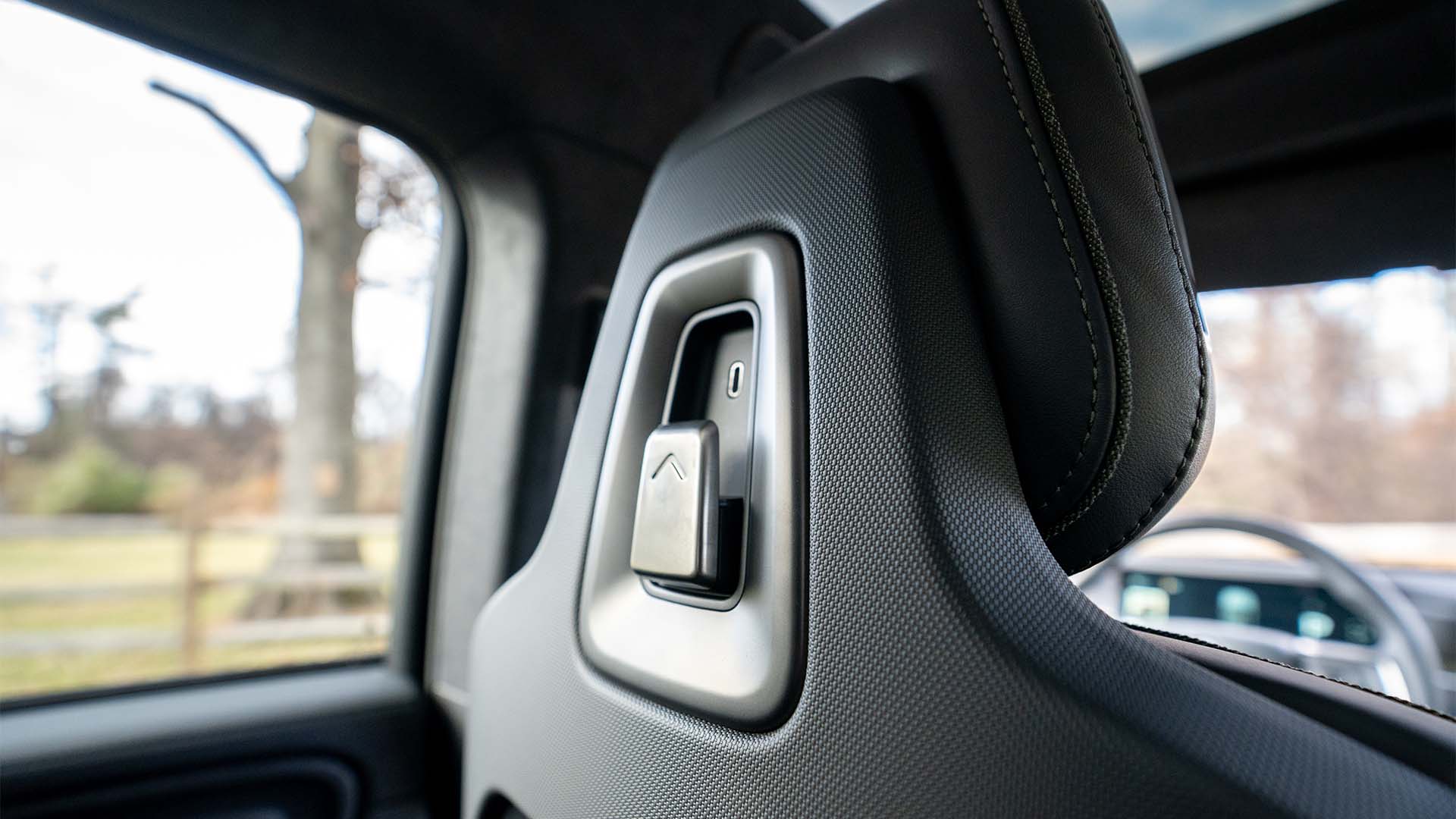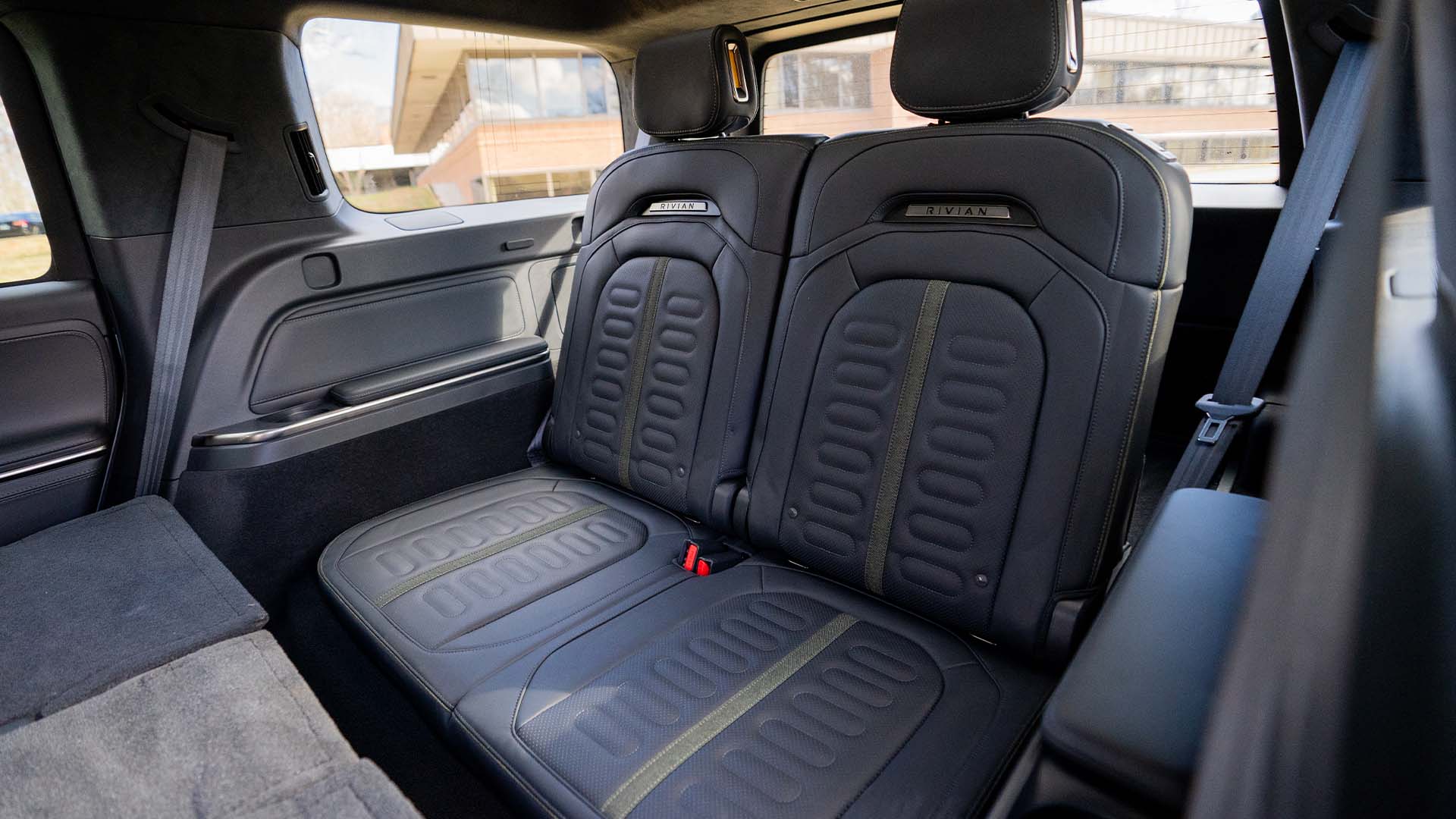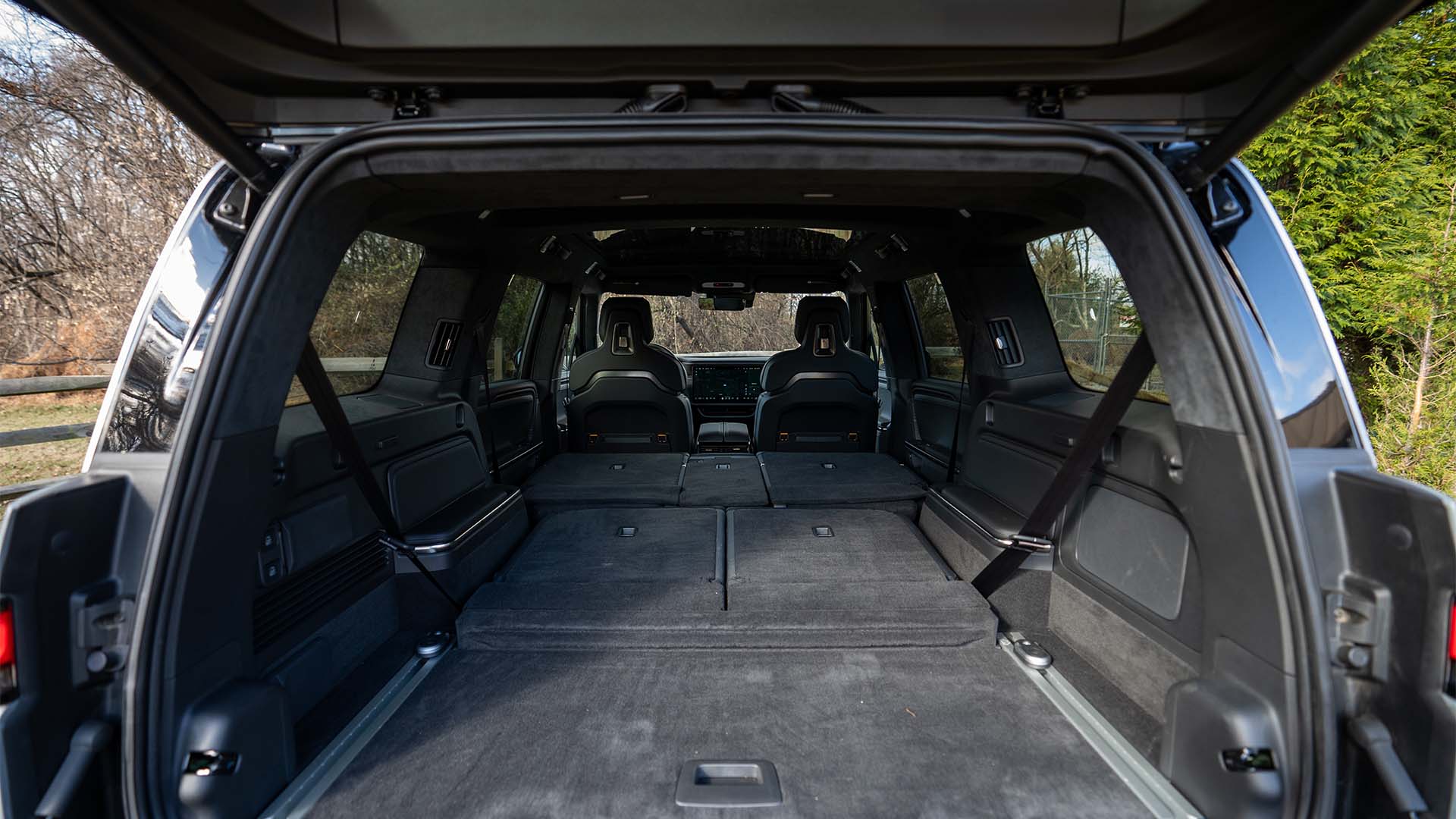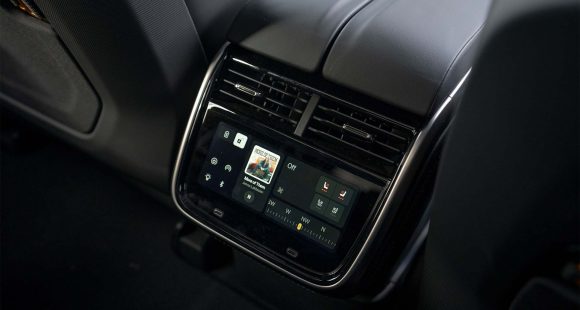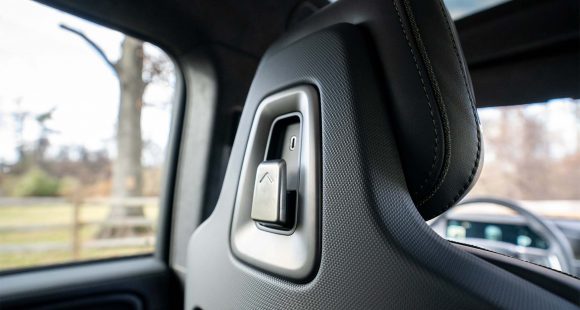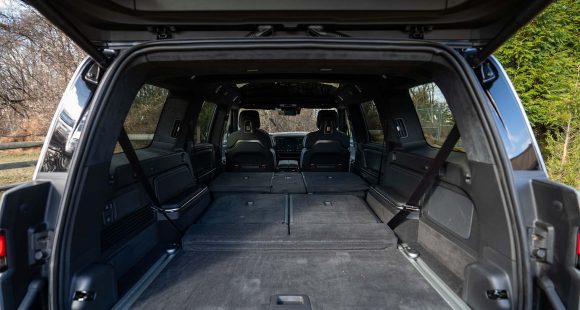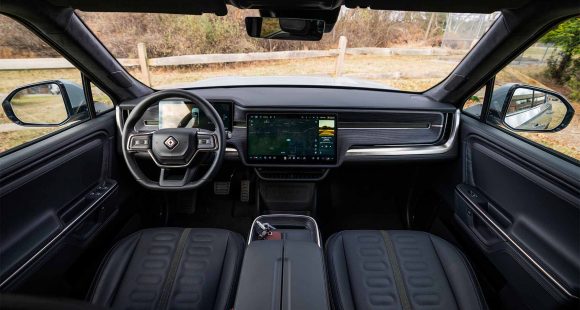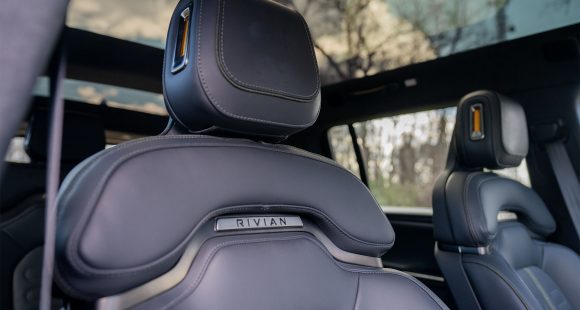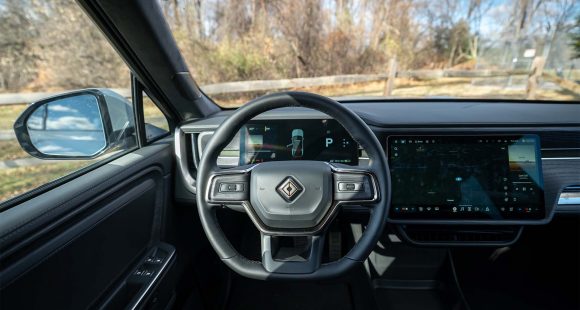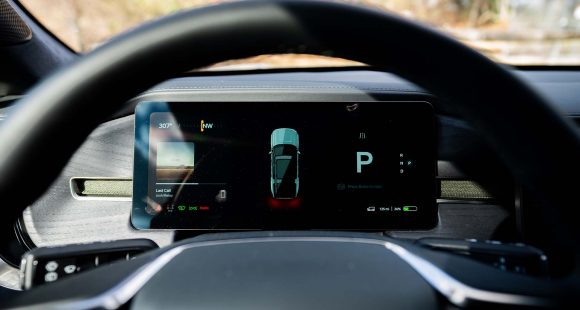2019 Toyota Avalon
It wasn’t that long ago when big sedans were the pinnacle of an automaker’s line up. But times change… and as we all know… SUV’s and crossovers now rule the road. But Toyota for one hasn’t given up on their flagship four-door Avalon… And with an all new design they’re also aiming to attract new buyers that haven’t got silver in their hair.
Now in its 5th generation, the 2019 Toyota Avalon is indeed facing head winds, and an uncertain future for the largest four doors. If you go by the numbers, it’s still officially midsize… but will compete against full-size and large car contenders.
Toyota is hardly the first carmaker to go after youthful buyers, but the new Avalon does seem to be a concerted effort. Towards that goal, Toyota’s flagship loses most of its soft lines in favor of a sharper technical look. The huge, ground hugging grille, sets their mid-premium sedan apart from chassis mates Camry and upscale cousin Lexus ES. The high-tech look continues with the slim LED’s.
 Compared to last year, Avalon is a bit longer, with shorter overhangs. The wheelbase grows 2 inches. It’s also lower and wider, with an expanded track. The rear cabin extends another 7-inches… enhancing the already low, arching roofline. Even the back end gets a technical look with connected three-dimensional, “aero fin” style LED tail lights.
Compared to last year, Avalon is a bit longer, with shorter overhangs. The wheelbase grows 2 inches. It’s also lower and wider, with an expanded track. The rear cabin extends another 7-inches… enhancing the already low, arching roofline. Even the back end gets a technical look with connected three-dimensional, “aero fin” style LED tail lights.
This comfortable interior is, on the other hand, full of soft touches. There’s Yamaha wood and aluminum trim depending on model. The theme is authentic materials, quality craftsmanship and high tech. It’s a nice step up from the previous gen car.
Seats remain comfortable even after a long day of driving. The thin floating 9-inch infotainment display now includes Apple CarPlay, and Toyota Remote Connect with Smartwatch and Amazon Alexa Connectivity.
Beyond the leather trimmed steering wheel, the 7-inch TFT has vital stats. Sitting in the driver’s seat of Limited and Touring trims adds a color 10-inch Head-Up Display. Steering wheel-mounted paddle shifters are available, another nod to younger buyers.
It’s very quiet in here too… with extra sound deadening material in the engine bay and noise-reducing glass. Audiophiles can disrupt the serene setting with Entune 3.0 Audio Plus and the standard 8-speakers or the 1200-watt JBL tailored Entune 3.0 Premium Audio with 14-speakers.
 There are plenty of other premium features like dual zone climate control and heated and cooled front seats. The roomy rear seat can also keep passengers warm in the winter.
There are plenty of other premium features like dual zone climate control and heated and cooled front seats. The roomy rear seat can also keep passengers warm in the winter.
Trunk space is a reasonable 16.1-cubic feet… even in the hybrid… now that the battery pack moves under the rear seat.
Toyota Safety Sense P is standard, bringing high-end safety like Pre-Collision System with Pedestrian Detection, Full-Speed Range Dynamic Radar Cruise Control, and Lane Departure Alert with Steering Assist.
Riding on a new TNGA K Sedan Platform, the Avalon is more responsive, with an exceptionally smooth street ride. The multi-link rear suspension allows for surprisingly good grip in corners.
All Avalons have a choice of drive modes… Eco, Normal, and Sport… even on the hybrid. For the first time, Touring trim gets Adaptive Variable Suspension. That also adds Sport+ and Custom to the mix. Going from normal to sport… and sport plus…there is a noticeable difference in the throttle response and shifts. The Adaptive Variable Suspension becomes more dynamic while the ride remains supple.
 Under the hood there are two options. The new 3.5-liter V6 it shares with the Camry increases horsepower by 33… to 301. Torque also rises 19 to 267 lb-ft. Our drive time also included the Avalon Hybrid which combines an also familiar 2.5-liter I-4 engine with 2 electric motors…one for charging and one for driving…for a total system output of 215 horsepower. The electric to gas transition is apparent, but not abrupt… and it does a fine job. The V6 does deliver smoother acceleration. The hybrid works with a CVT… a new 8-speed automatic swiftly sends the power from the V6 to the front wheels only.
Under the hood there are two options. The new 3.5-liter V6 it shares with the Camry increases horsepower by 33… to 301. Torque also rises 19 to 267 lb-ft. Our drive time also included the Avalon Hybrid which combines an also familiar 2.5-liter I-4 engine with 2 electric motors…one for charging and one for driving…for a total system output of 215 horsepower. The electric to gas transition is apparent, but not abrupt… and it does a fine job. The V6 does deliver smoother acceleration. The hybrid works with a CVT… a new 8-speed automatic swiftly sends the power from the V6 to the front wheels only.
EPA Fuel Economy Ratings are not final, but Toyota expects the V6 to get 22-City, 32-Highway, and 26-Combined on regular gas. Toyota’s estimates for the hybrid are 43-City, 44-Highway, and 44-Combined.
The 2019 Toyota Avalon starts at $35,500 for an XLE, ranging to $42,200 for a Touring V6. Add $1-thousand dollars for the hybrids.
So despite a tough sell for sedans, Toyota continues to step up its game… trying to attract accomplished, younger buyers who want more from a larger vehicle without luxury car, or even comparably sized SUV, prices. With other brands curtailing sedan production, this new Avalon just might hit a sweet spot.
Specifications
- Engine: 3.5 liter
- Horsepower: 301
- Torque: 267 lb-ft.
- EPA: 22 mpg city / 32 mpg highway
2025 Rivian R1S
Major Reboot for Rivian R1S
With just about every mainstream carmaker now onboard with battery-electric vehicles, EV-only brands are hoping there are still plenty of people out there willing to think outside the box. So, let’s see if Rivians latest R1S utility can make the case for taking the EV road less traveled.
Big changes have happened in the short time since the Rivian R1S first hit the streets three years ago. As for 2025, there are updates that touch just about every aspect of the vehicle. Yes, despite looking almost exactly the same outside, Rivian claims that beneath the surface, their entire electrical architecture has been significantly updated, eliminating a whopping mile and a half of wiring and 10 computer assemblies, allowing for more efficient operation.
But look closely and you will see their signature vertical oval headlights are updated with a new matrix of LED lights that can cycle individual elements on and off to provide maximum illumination where you need it without distracting oncoming drivers.
Not much change in the look of the interior either, but the synthetic leather upholstery is still very nicely done, though most touchpoints feel more rugged than luxury minded. With the exception of a couple controls on the steering wheel, you do still have to do almost everything on the R1S’s 15.6-inch touchscreen, but the user interface has been improved. So, while we do wish they could have reverse-engineered a knob or two into the mix, we realize full touchscreen interface is just what people expect in their high-end EVs these days, and at least it works better than before. And the gauge display still wows you with the amount of information it displays and is mounted high enough that no additional head-up display is needed. A new Rivian Autonomy Platform uses 11 cameras, five radars and A.I. for self-driving, or just to monitor what’s going on around the vehicle even when it’s parked.
This [EV] really feels fast, sitting you up high and throwing you back in your seat with authority.
Rivian has also given the R1S a substantial suspension revision with new spring rates, bushings, and mounts; along with new tuning for the adaptive dampers and roll-mitigation system. It does provide a more balanced street attitude, but it still rides like a truck. That’s great if that’s the experience you’re looking for; not as ideal if you’re looking for more of the smooth luxury-style treatment.
All R1Ss are all-wheel drive, but there’s a wide variety of powertrain options including a new Tri-Motor setup. Outputs range from the standard Dual-Motor’s 533 horsepower to the Quad-Motor’s impressive 1,025. There are several battery packs as well, delivering as much as 410 miles of range, giving the R1S the highest rating of any SUV on the market right now. Our Adventure trimmed tester featured the 665-horsepower Performance version of the Dual-Motor arrangement, with the Max battery and 20-inch wheels with all-terrain tires.
Theoretically, that setup is rated for 370 miles, but perhaps we were enjoying the “performance” theme too much as our results were well short of that, using 68% of the battery to drive only 189 miles, putting our estimated range around 278 miles. Using 43 kilowatts of electricity for every 100 miles earns the R1S a fair efficiency rating.
But all was forgiven at our Mason Dixon test track when this Rivian started blasting us to 60 in 3.8 seconds. Yes, there are faster EVs, but this one really feels fast, sitting you up high and throwing you back in your seat with authority, while the rear of the truck squats down substantially before hurling you off the line and down the track. Power delivery stayed strong the entire time, cranking away until we cleared the quarter-mile in 10.5 seconds at 108 mph.
Despite this utility’s substantial size and weight, we were able to keep a pretty fast pace through the cones of our handling course. The all-terrain tires obviously didn’t grip the pavement as well as all-seasons would, but the low center of gravity kept things very flat. Yes, it does feel very heavy, but the brakes were more than up to the task, stopping us from 60 mph in a very short 103 feet with surprisingly little nosedive and no fade.
Pricing starts at $77,700 for the Dual-Motor with Standard battery pack; our Dual-Motor Performance with the Max battery and All-Terrain Package came in just over $102,000.
While Rivian has had great initial success; sustaining that success will be a much tougher task. But, if they continue to put as much effort into improving their products as they have here with the 2025 R1S, we think their winning streak will only accelerate.
Specifications
As Tested
- Motor Setup: Dual Motor
- Battery Size: 141.5 kWh
- Horsepower: 665
- Torque: 829 lb-ft
- EPA Range: 370 miles
- 0-60 mph: 3.8 seconds
- 1/4 Mile: 10.5 seconds at 108 mph
- Braking, 60-0 (avg): 103 feet
- MW Test Loop: ~278 miles







